After our great victories in two years (1973-1974), the enemy was in a weak situation, while our forces gradually grew stronger. Faced with that situation, entering the Winter-Spring of 1974-1975, the Politburo and the Central Military Commission unanimously assessed: The enemy had suffered consecutive defeats and was in a comprehensively weak situation, with little ability to recover and was on the path of rapid weakening.
The possibility of the US directly reinforcing and rescuing the Saigon army is unlikely, as military aid has been greatly reduced. This situation directly affects the puppet army's ability to act and its fighting spirit on the battlefield, greatly affecting their combat methods and tactics.
In addition, due to misjudging our strategic offensive intentions, the puppet army organized a strategic defense in a long formation, running along Route 1 and Route 14; concentrating strongly at the two ends for Military Region 1 and Military Region 3, while Military Region 2 in the middle, including the coastal provinces of Central Vietnam and the Central Highlands, they only deployed 2 main divisions, which were Division 22 in the coastal plain, Division 23 and the commando regiments in the Central Highlands. In organizing the defense in the Central Highlands, the enemy deployed strong defensive forces in the North, specifically: In Kon Tum, deployed 4 commando regiments, 6 security battalions; in Gia Lai, deployed Division 23 (lacking Regiment 53), 2 commando regiments, 4 artillery battalions, 3 armored regiments and 15 security battalions); In Buon Ma Thuot, the enemy's rear base, the 53rd Regiment, 1 artillery battalion, 1 armored regiment and 9 security battalions were deployed. Therefore, we came to the conclusion that the enemy in the Central Highlands was in a passive defense position. Although the main force was still large, it was dispersed, mobility was limited, and supply and transportation were more difficult than before.
By mastering the Central Highlands, we can develop down to the plains of Zone 5, practice strategic division, and especially develop down to the very important strategic direction of the Southeast. The Central Highlands is a battlefield suitable for large-scale operations, suitable for the fighting strengths of our troops. Although far from the large rear, it is located on a stable corridor; after several years of stockpiling materials, ammunition and battlefield equipment, we have been able to ensure that the main force can conduct large-scale combined arms operations.
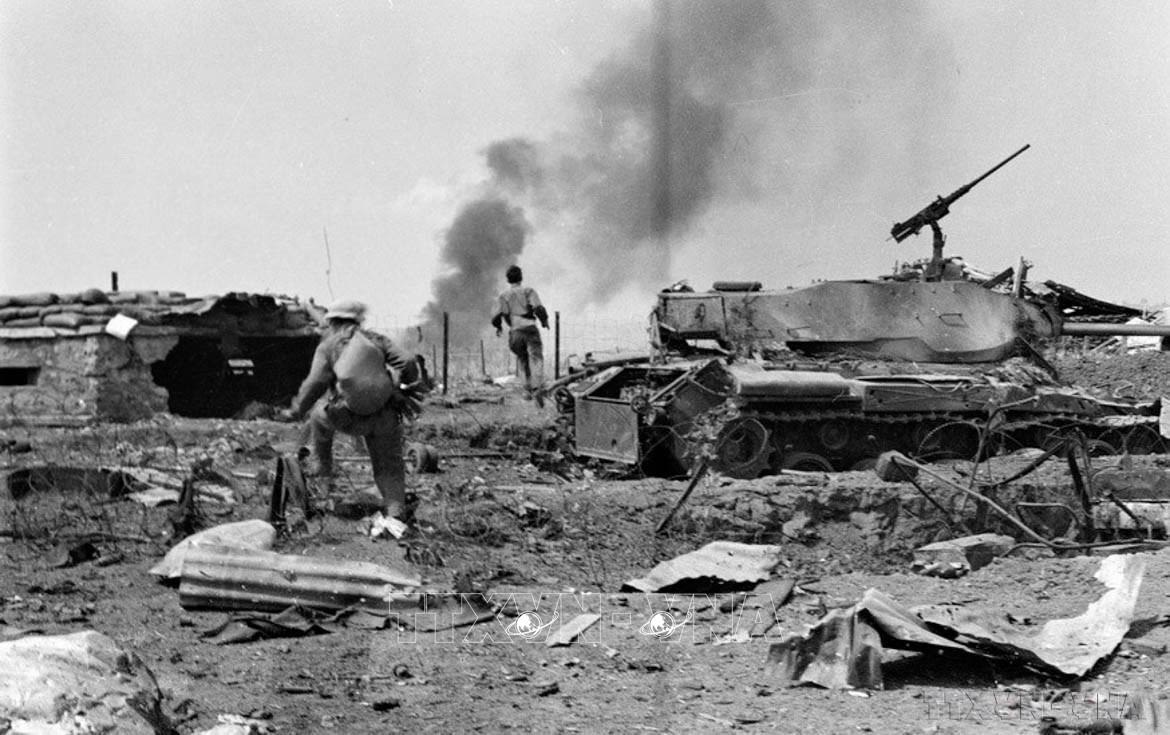 |
Liberation Army shot and burned many enemy armored vehicles in Duc Lap sub-region, Dak Lak during the Central Highlands Campaign. Photo: VNA |
In early 1975, the balance of forces between us and the enemy on the southern battlefield had fundamentally changed, in our favor and against the enemy. The US imperialists had withdrawn their troops and would hardly be able to intervene again on the southern battlefield. This was the basis for the Politburo to be determined to liberate the South within two years (1975-1976).
In particular, 1975 created the premise for 1976 to move towards the General Offensive and Uprising to achieve complete victory. However, the problem now is to choose the direction and target of launching the "key strategic blow" in order to divide, isolate, create mutations, and transform the situation in favor of the General Offensive? Many research and summary documents show that the General Command did not choose the Southwest region as the place to "launch the key strategic blow", because, although this place is densely populated, there are many canals, making it difficult to deploy combined arms operations; difficult to strategically divide.
The land strip south of the 17th parallel stretches across the Central region, the enemy has a system of interconnected, solid, dense bases, fully exploiting the advantages of mobility, firepower, and favorable inter-service operations; that makes it difficult to achieve the requirements of striking acupoints, "slapping in the face" the "strong water, land, air, and reserve forces", and difficult to create surprises for the enemy. In the area of Military Region 3, in Saigon, Gia Dinh, Bien Hoa, and Vung Tau, the puppet army has many solid bases, good traffic routes, and can easily receive support from the Southwest, from the Central Highlands, and from the South Central Coast, which will cause many difficulties for the key opening blow.
From the above analysis, the Central Highlands was chosen by the General Command to "open the key strategic blow". Choosing the main target for "opening the key strategic blow" was analyzed and evaluated very carefully by the General Command. In the analysis and evaluation, comrade Le Duan, First Secretary of the Party Central Committee (at that time) said: We must hit Buon Ma Thuot. Because if we hit Buon Ma Thuot, the entire Central Highlands will shake, we will have favorable conditions to develop to the South Central Delta...
In his memoir “General Headquarters in the Spring of Victory”, General Vo Nguyen Giap recounted: “During the meeting, Mr. Hoang Minh Thao, with the perspective of a military scientist, expressed his opinion: When choosing the strategic direction of the Central Highlands, we should first attack Buon Ma Thuot, because this is the largest town, the most dangerous place and also the most vulnerable place”.
In the Central Highlands, the enemy deployed important targets, including Kon Tum, Pleiku, Buon Ma Thuot and several other targets. In particular, Kon Tum, through major battles with us in 1972, became a hard target, to capture it would require many losses, great consumption, affecting the ability to develop, and at the same time, due to Kon Tum's geographical location, it was difficult for us to create a big change; in Pleiku, if we captured it, we could create a big change, but the enemy here had a large force, tightly deployed, and could not win for sure; in other targets such as Gia Nghia, Cam Ga, Duc Lap..., although the enemy was weak, we could certainly win, but the change effect was small.
Therefore, we chose Buon Ma Thuot as the main decisive target of the campaign, because Buon Ma Thuot is the capital of the Central Highlands, the economic and political center of the Central Highlands, located on Strategic Route 14, blocking Route 21, a place that can develop well in important directions; Buon Ma Thuot is a place where we have never used large forces to attack, so the enemy has a weak position (only the 53rd Regiment (lacking) and 2 security battalions), at the same time, this is the rear base of the puppet army's 23rd Division, if we can capture it, we can bring in the 23rd Division and other forces to destroy it, causing a chain reaction, developing the campaign, liberating the entire Central Highlands.
Therefore, by attacking Buon Ma Thuot, we can be sure of victory, save forces, and ensure development to achieve greater victory. Reality has proven that our choice was completely correct, contributing significantly to the development of the campaign, strategy, and victory.
The most prominent point in the art of warfare in the Central Highlands Campaign was to organize diversions, deceive the enemy, surprise them, and make them lose the initiative to respond. In analyzing and evaluating the situation, choosing the direction of attack and the main target, the Campaign Command also concluded: To attack Buon Ma Thuot, we will have difficulty in reconnaissance, grasping the enemy, grasping the terrain, transporting logistics and mobilizing, deploying forces, and preparation activities must be very elaborate, absolutely secret, combined with diversionary activities to attract the enemy's attention and respond in other directions to eliminate the possibility of the enemy increasing their reserves. Therefore, to attack Buon Ma Thuot and win quickly, we must use diversionary attacks against Kon Tum and Pleiku so that Buon Ma Thuot remains weak as before. The diversionary plan, creating a situation, and creating opportunities was proposed and implemented very carefully and closely.
In early 1975, the 968th Division, which was stationed in Southern Laos, was ordered to move to the Central Highlands before January 6, 1975 to receive its mission. When the 968th Division arrived in the Central Highlands, it was assigned to replace the 10th Division (in Kon Tum) and the 320A Division (in Gia Lai) so that these two divisions could move to the main direction to carry out their mission.
The mission of the 968th Division: By all means, attract the enemy's counter-attack concentration to the North Central Highlands, pin the enemy in this direction as long as possible until the day the main direction opens fire. Meanwhile, on January 17, 1975, the 10th Division and the 320A Division moved all their forces to the South Central Highlands, while the enemy thought that these two main divisions of ours would attack Kon Tum and Pleiku (North Central Highlands), not attack to the South.
Because, they thought, to attack Buon Ma Thuot, we had to move about 300km of forest roads, through many rivers and streams, so marching and bringing in vehicles to attack would be very difficult. We countered the enemy's assessment, planning a diversionary tactic, making the enemy mistakenly think that we were preparing to attack Kon Tum and Gia Lai, but in reality, we were sending troops to the Southern Central Highlands, preparing to attack Buon Ma Thuot. On the other hand, we spread information to the people in areas near the enemy bases in Kon Tum and Pleiku, the localities carried out diversionary measures to prepare forces, build roads, pull artillery, transport food, transport ammunition... to attack Kon Tum and Pleiku...
The 968th Division received orders to pull artillery to attack Thanh An post, fire artillery at Pleiku; from March 1 to 3, we attacked strongly in Gia Lai and Kon Tum. Our activities were detected by enemy reconnaissance planes in the air, combined with reconnaissance troops on the ground, so they believed that we were preparing to attack the Northern Central Highlands. For the force marching south, the Campaign Command stipulated that the entire march must be kept secret, carefully camouflaged, entering the forest during the day, marching at night..., camouflaged wherever we went, erasing traces.
It can be said that the perfect art of deception created a position to push the enemy out of the Central Highlands, quickly liberating the "roof of Indochina". Losing Buon Ma Thuot, the enemy panicked and fell apart. The Central Highlands campaign was a complete victory, with more than 28,000 enemy troops eliminated from the battle. The Central Highlands was cleared of all enemies.
The art of commanding and conducting key battles is one of the very important issues of the art of offensive campaigns, and is a unique feature of campaign art in Vietnamese military art.
In the Central Highlands Offensive Campaign, we organized and successfully carried out 3 key battles. Of which, the battle on Buon Ma Thuot town was the opening key battle, with the most decisive significance, aiming to destroy the main target (of strategic significance) of the campaign. Therefore, in making determination and planning the campaign, we focused all efforts on organizing and preparing very carefully (during the 48 days and nights of direct preparation for the campaign, the Command and the campaign agency spent 2/3 of the time preparing for the Buon Ma Thuot battle); when practicing the campaign, the Command directly commanded and operated, from commanding the mobile troops to deploy, using firepower to prepare and practice the breakthrough of the assault clusters. Therefore, in just 32 hours of attack practice, the opening and decisive key battle achieved a brilliant victory. At 11:00 a.m. on March 11, the flag of the Liberation Army was flying on the flagpole of the 23rd Division Command of the Saigon army.
The victory of the key opening battle against Buon Ma Thuot town created an explosion, a chain reaction leading to the second key opening battle, destroying the forces of the 23rd Division (missing) and the 21st Ranger Group in the counter-attack, aiming to retake Buon Ma Thuot. This was a battle in the preparation stage of the campaign, we had only planned to prepare the main features; but thanks to the victory of the key opening battle, when the forces of the 23rd Division of the Saigon army began to land by air on Route 21 (the areas of Nong Trai, Phuoc An and Hill 581), the Campaign Command quickly seized the opportunity, determined to destroy them outside the fortifications.
In order to carry out the determination to destroy the enemy's counterattack and firmly protect Buon Ma Thuot town, the Campaign Command assigned the task to the 10th Infantry Division (lacking the 66th Infantry Regiment), reinforced by the 25th Infantry Regiment, 1 tank battalion, and directly supported by the campaign's artillery and anti-aircraft artillery groups. It began with the battle of the 24th Infantry Regiment along with 1 tank company on the morning of March 14, attacking and destroying the 2nd Battalion of the 45th Regiment of the Saigon army at the foot of Hill 581; being attacked by us suddenly and repeatedly, the 45th Regiment and the 21st Ranger Group fled to Nong Trai, Dong of Hill 581.
On March 15 and 16, the enemy continued to land the 44th Regiment and the 23rd Division's light command post in Phuoc An. On the morning of the 16th, the 24th Infantry Regiment and a battalion of the 66th Infantry Regiment attacked the Farm, destroying almost all of the enemy's 45th Regiment. On the 17th, the 10th Infantry Division continued to attack the enemy cluster in Phuoc An and on the 18th continued to attack and destroy the enemy's 23rd Division's light command post in Chu Cuc.
Thus, in 5 days (from March 14 to 18), carrying out 4 mobile attacks on a distance of nearly 50km, the 10th Infantry Division destroyed the 23rd Division (lacking) and the 21st Ranger Group, smashing the enemy's counter-attack intention, contributing significantly to the rapid development of the campaign, putting the enemy in an extremely difficult situation, forcing them to withdraw from the Central Highlands, creating a sudden development of the campaign. That situation created conditions for the campaign to organize and conduct the victory in the 3rd key battle, pursuing and destroying the fleeing enemy.
The third key battle was an unexpected battle in the campaign's preparation organization, but when the situation arose, receiving orders to pursue and destroy the fleeing enemy, the Command and the campaign agency focused all efforts to quickly make a determination and organize the implementation of the determination: Pursuing and destroying the strategically fleeing enemy group on Route 7, focusing on destroying the enemy mainly from Cheo Reo to Cung Son; using the 320th Division, reinforced by the 95B Regiment, 1 tank battalion and an artillery unit of the 675th Artillery Regiment. The pursuit battle took place from March 17 to 24, by bold and urgent pursuit, we destroyed and crushed the intention of the enemy group to flee. The victorious pursuit battle had great significance in terms of campaign art, creating a strategic turning point in the revolutionary war, accelerating the process of rapid disintegration and collapse of the puppet army.
The victory of the Central Highlands Campaign had great significance in terms of military strategy. The Campaign chose the main target (Buon Ma Thuot) at the right dangerous but weak place of the enemy and made it "weaker" by using a diversion to concentrate the enemy to the North, while secretly moving large forces to the South, thereby concentrating our overwhelming advantage where necessary, creating the element of surprise. The Campaign arranged a dangerous battle formation, isolating each group of enemy troops, thereby forcing them to accept the situations that we had anticipated, creating a breakthrough in the campaign. Seizing the opportunity for the enemy troops to flee from the Central Highlands, we promptly and resolutely pursued and destroyed them, forcing the enemy troops here to accept an unprecedented disastrous defeat, opening up the opportunity for a general strategic offensive throughout the South so that our army and people could continue to carry out major military attacks to liberate the South and unify the country.
Colonel, MSc. HOANG NGOC CAN - Lieutenant Colonel, CN NGUYEN THI CHUNG
Source: https://www.qdnd.vn/quoc-phong-an-ninh/nghe-thuat-quan-su-vn/van-dung-nghe-thuat-quan-su-tai-tinh-dinh-cao-cua-bo-tu-lenh-trong-chien-dich-tay-nguyen-823485


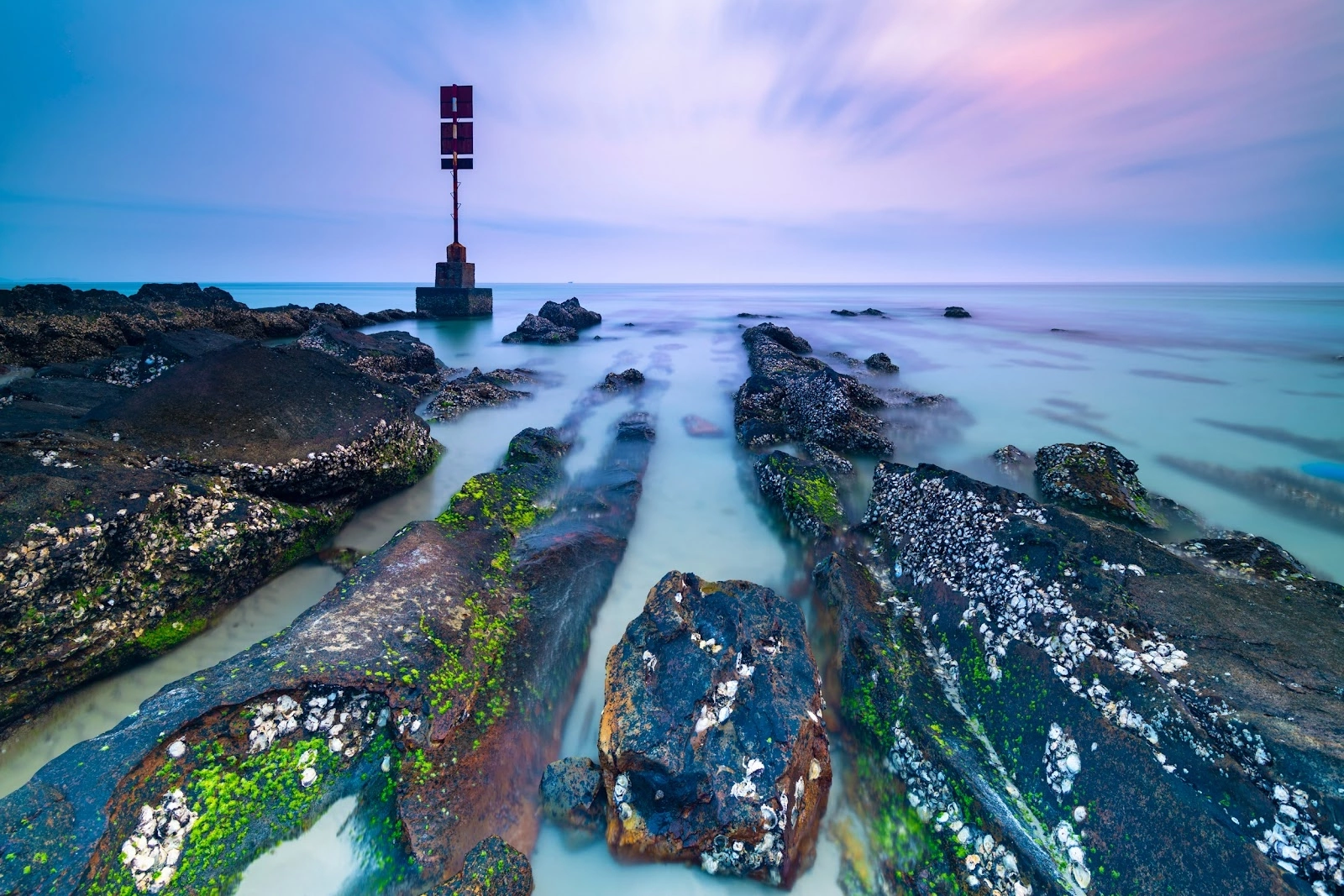
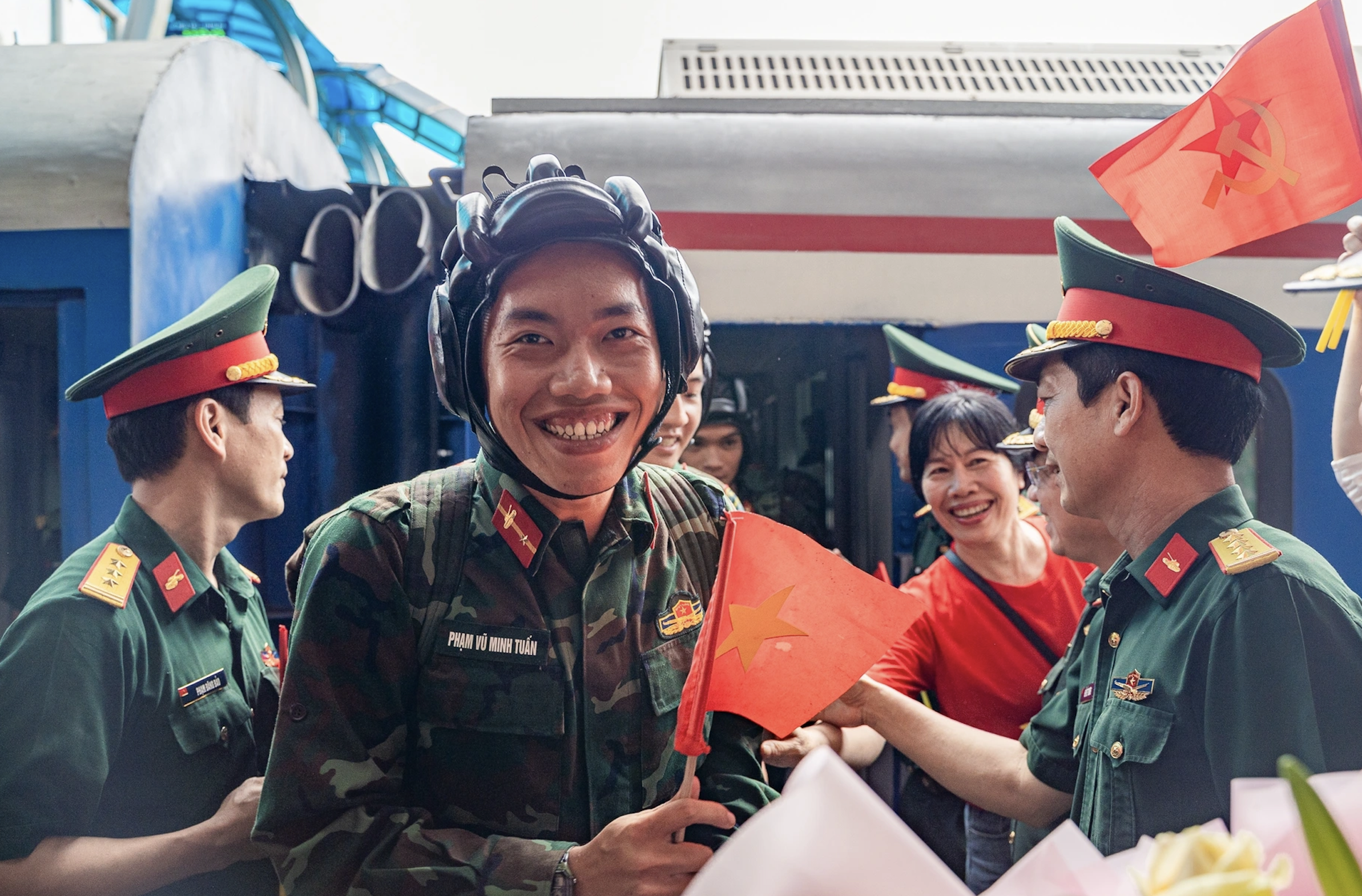
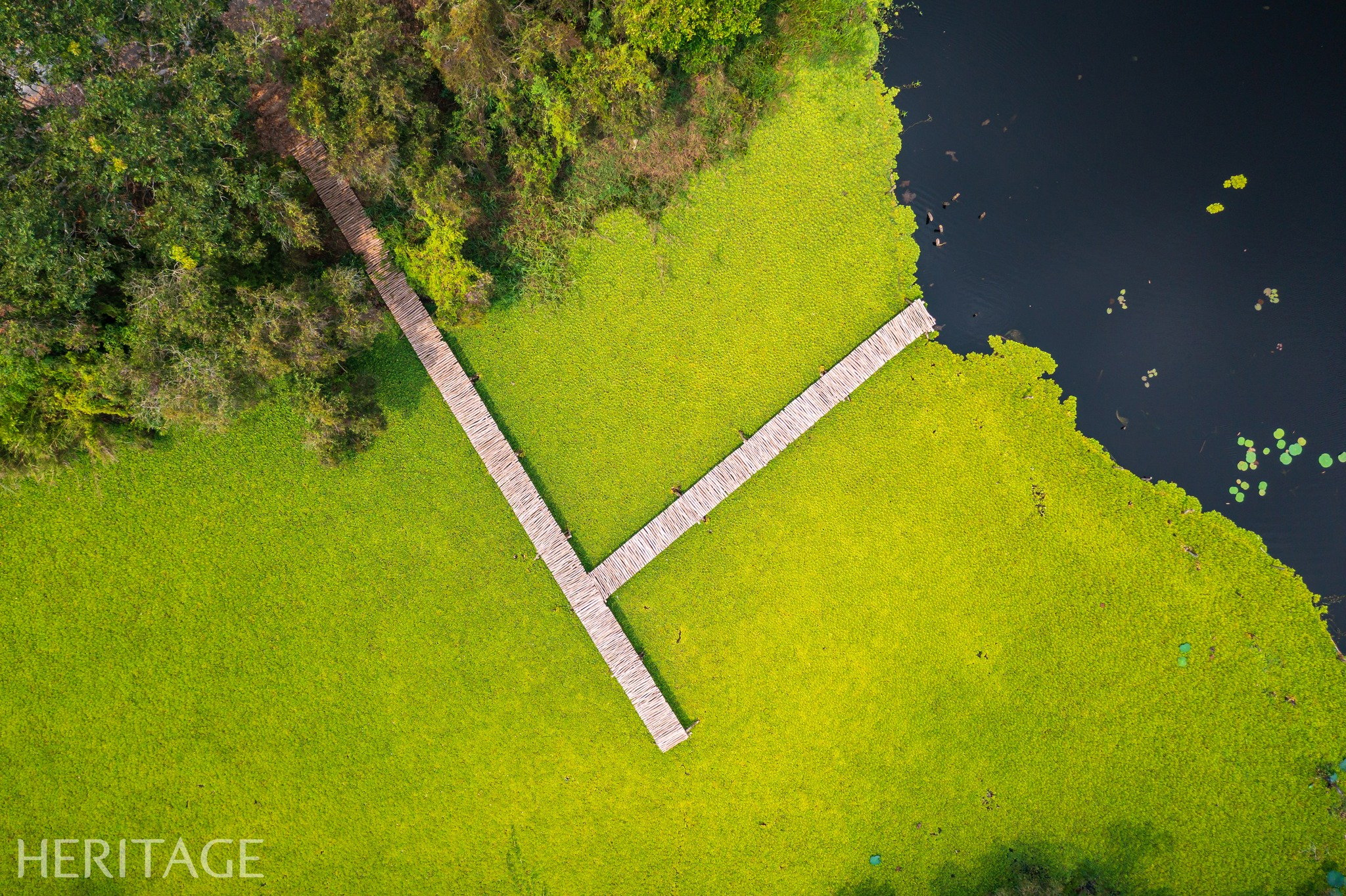
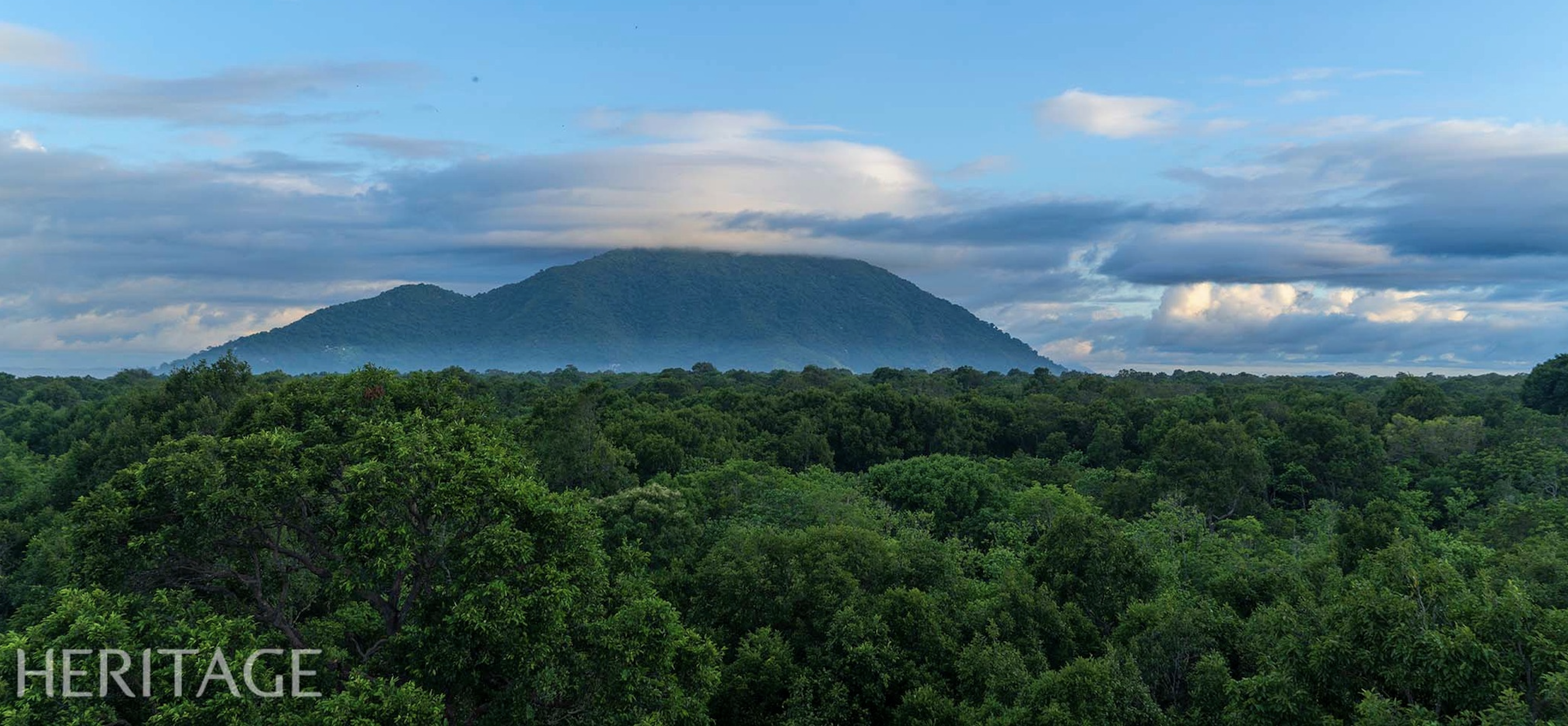
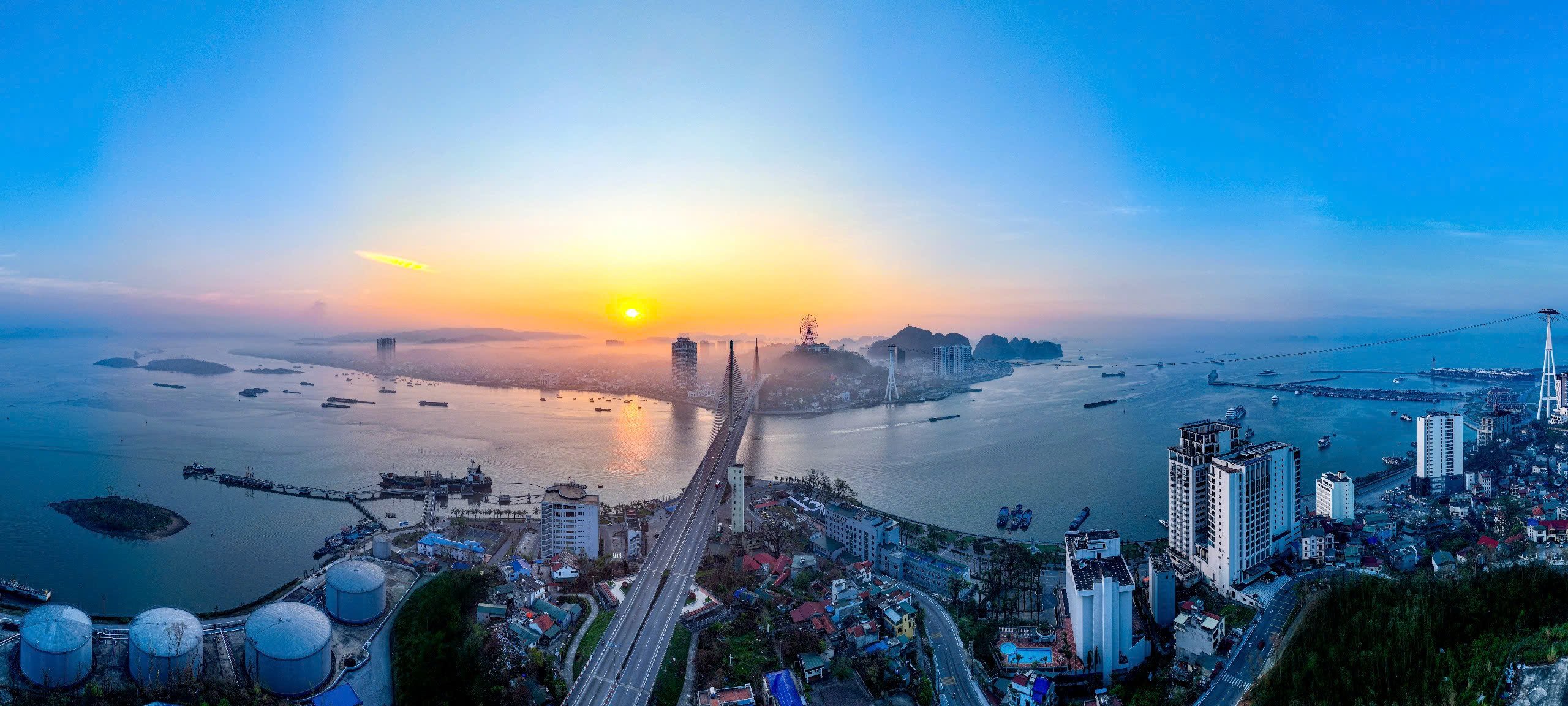
![[Photo] Thousands of Buddhists wait to worship Buddha's relics in Binh Chanh district](https://vstatic.vietnam.vn/vietnam/resource/IMAGE/2025/5/3/e25a3fc76a6b41a5ac5ddb93627f4a7a)
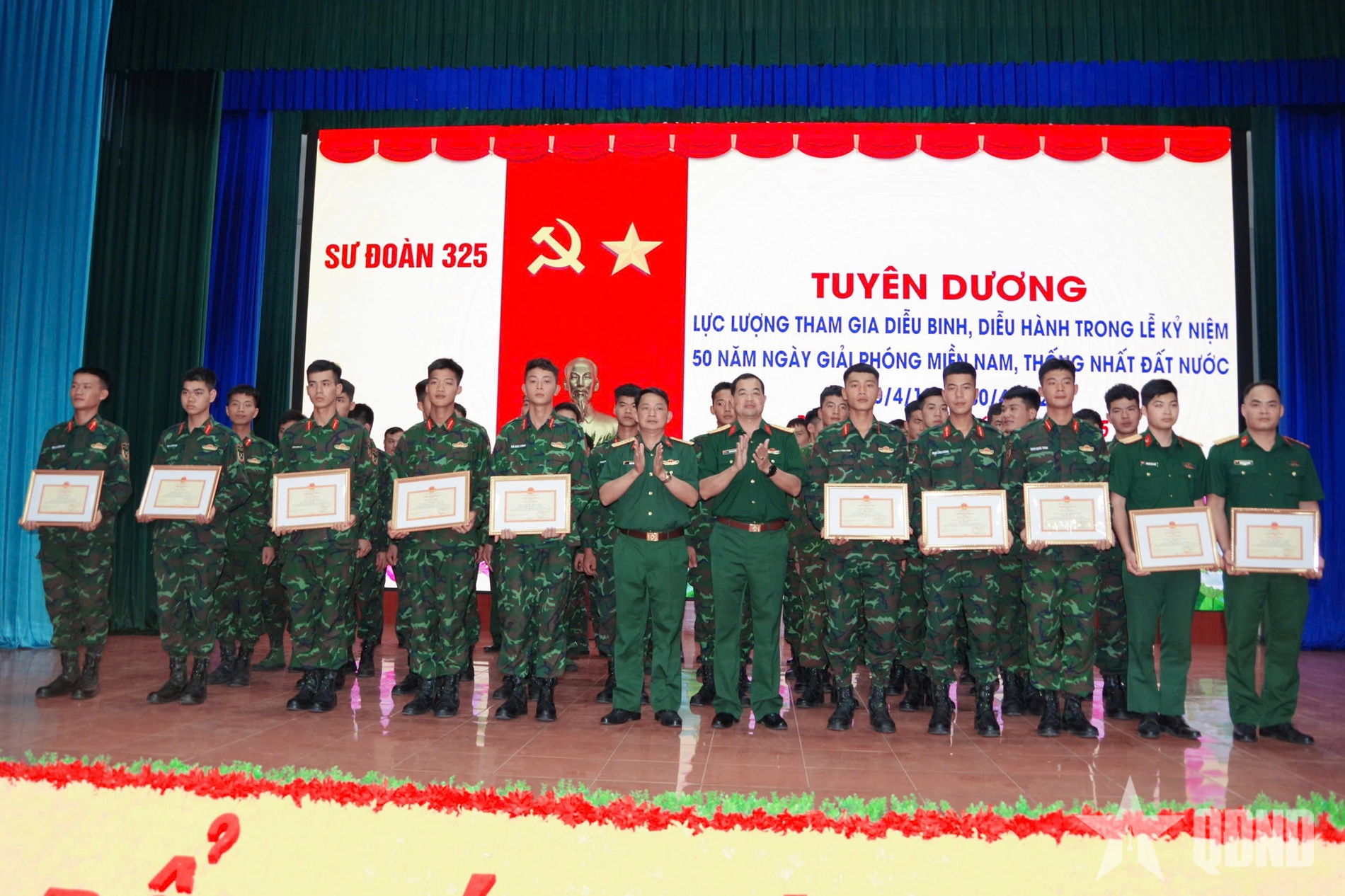
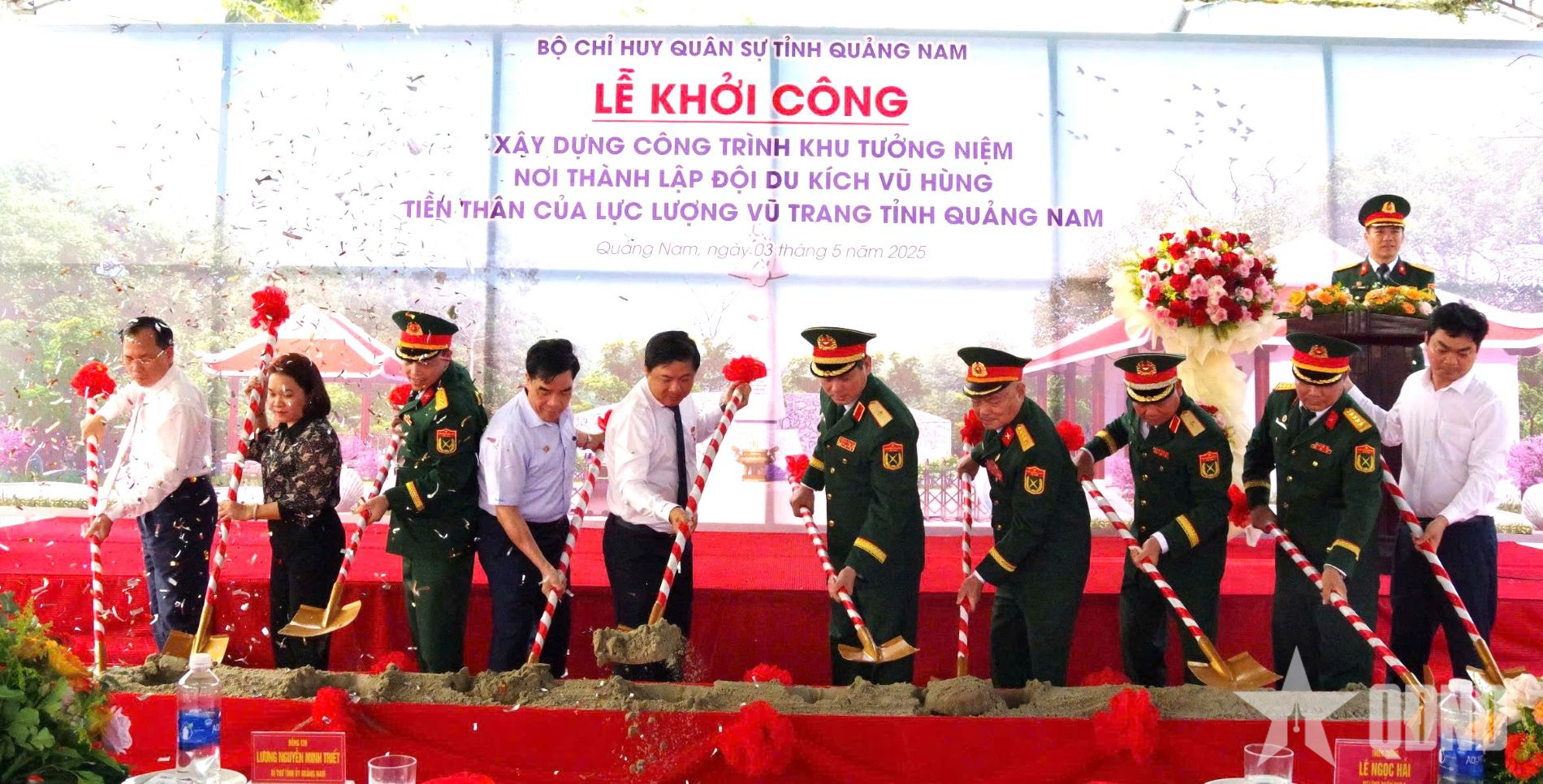
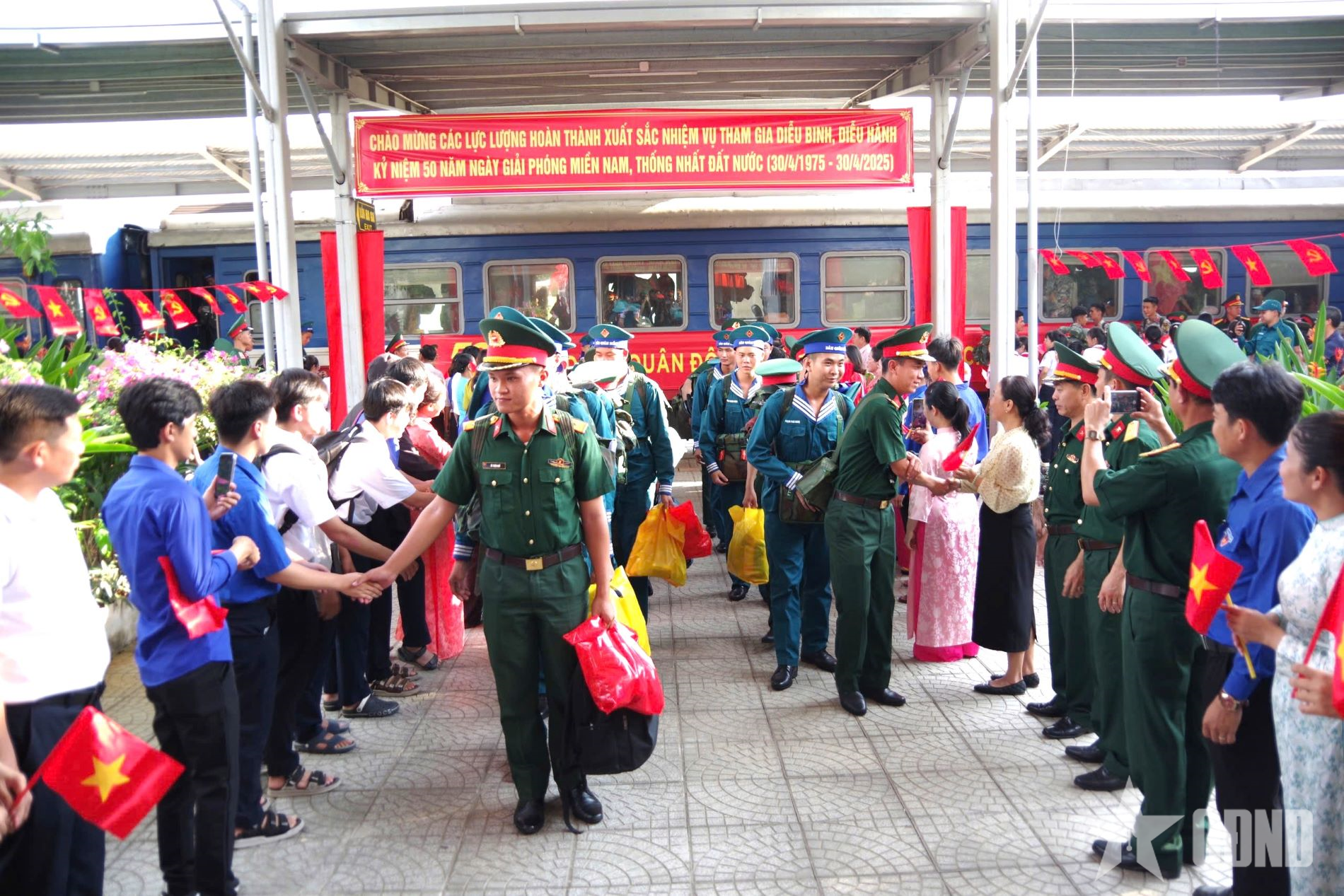
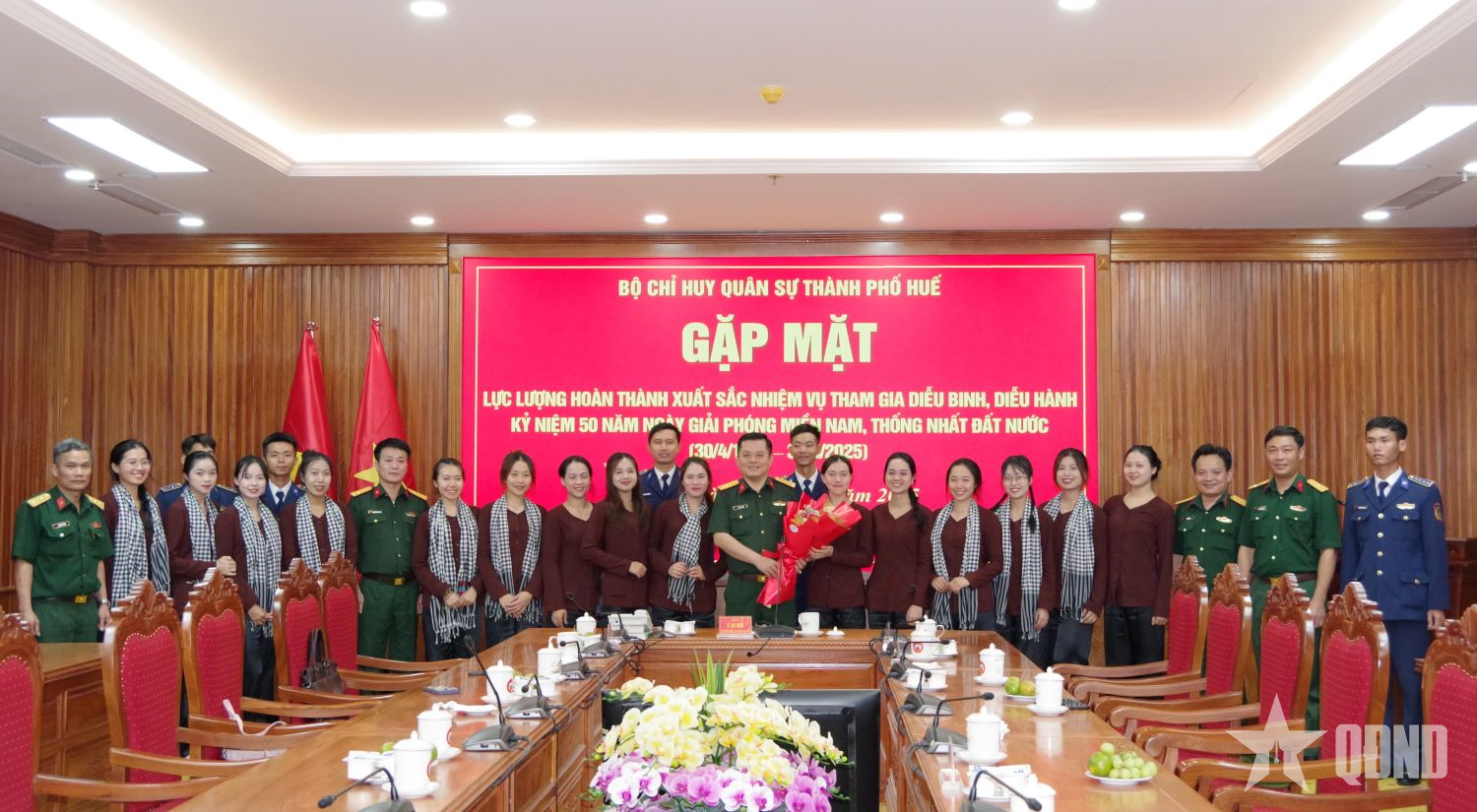
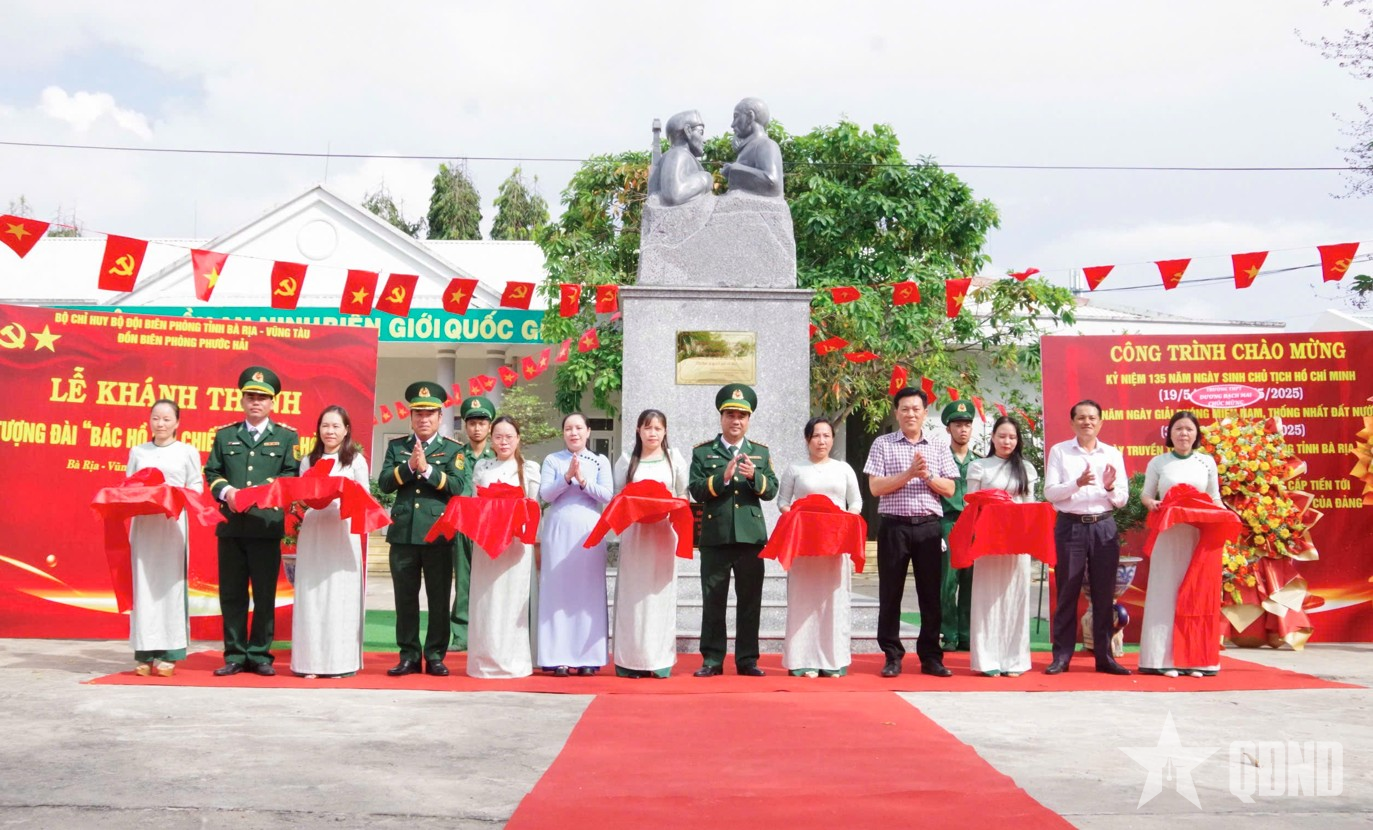
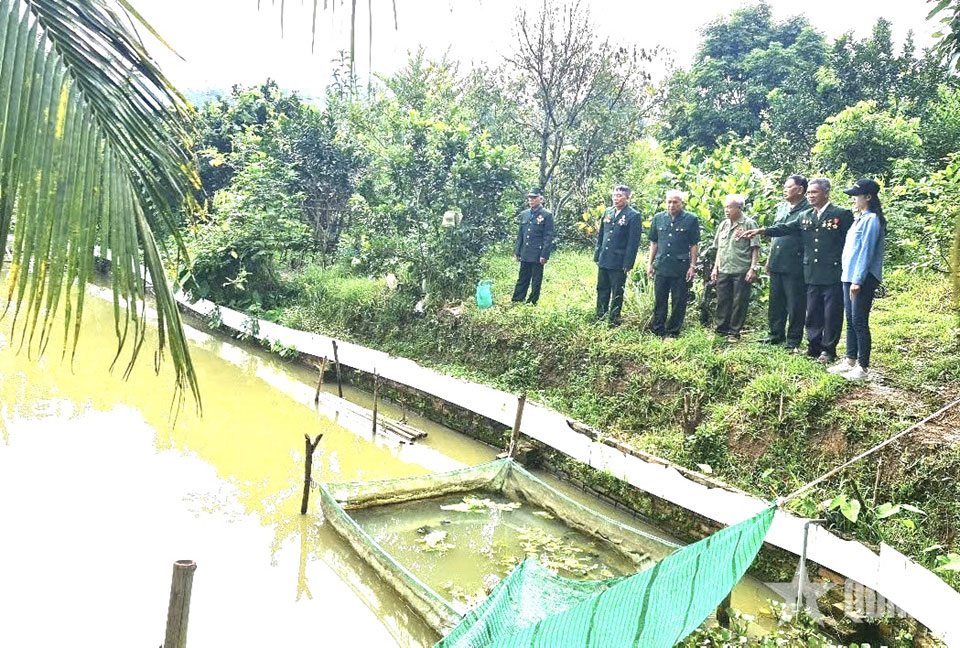



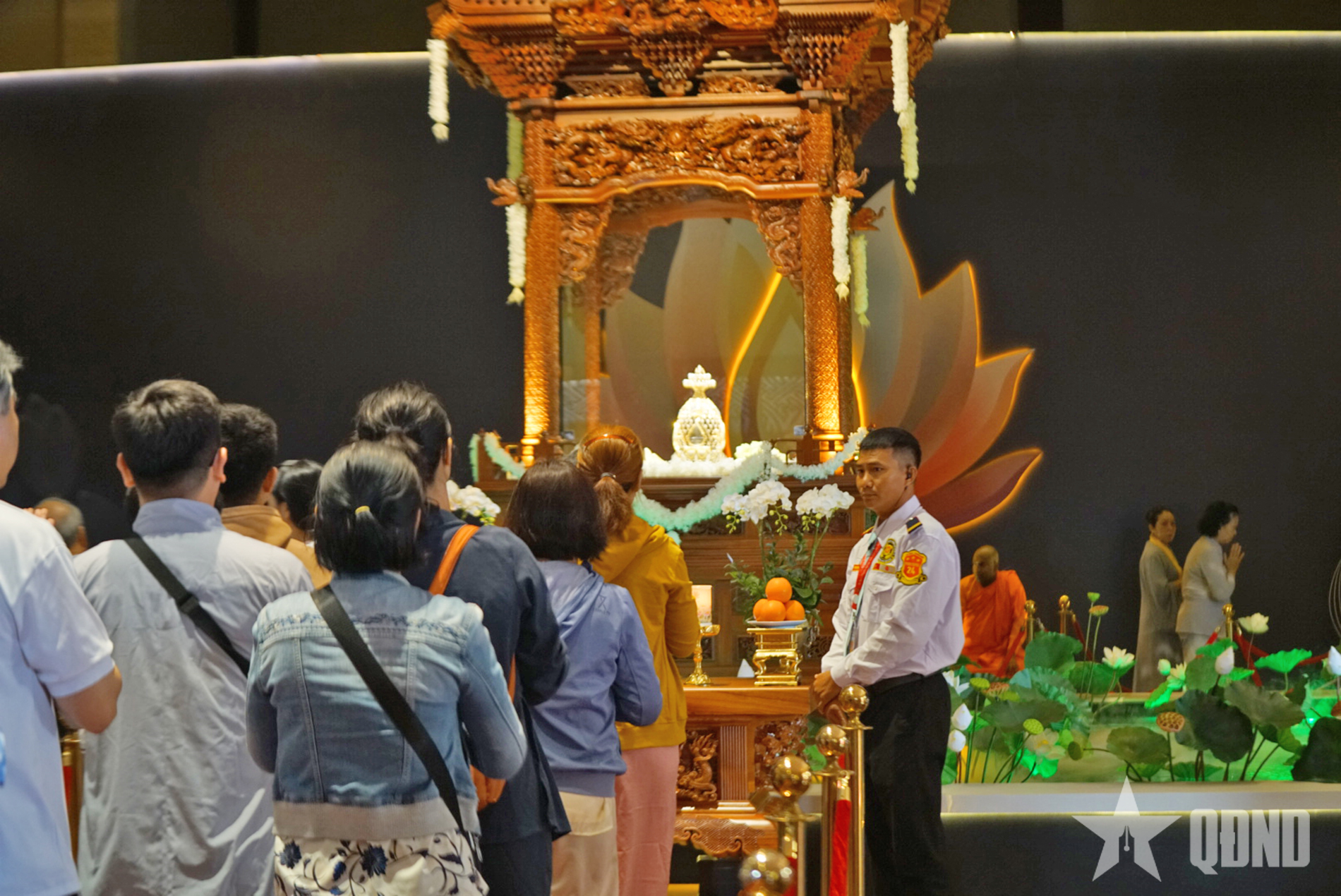
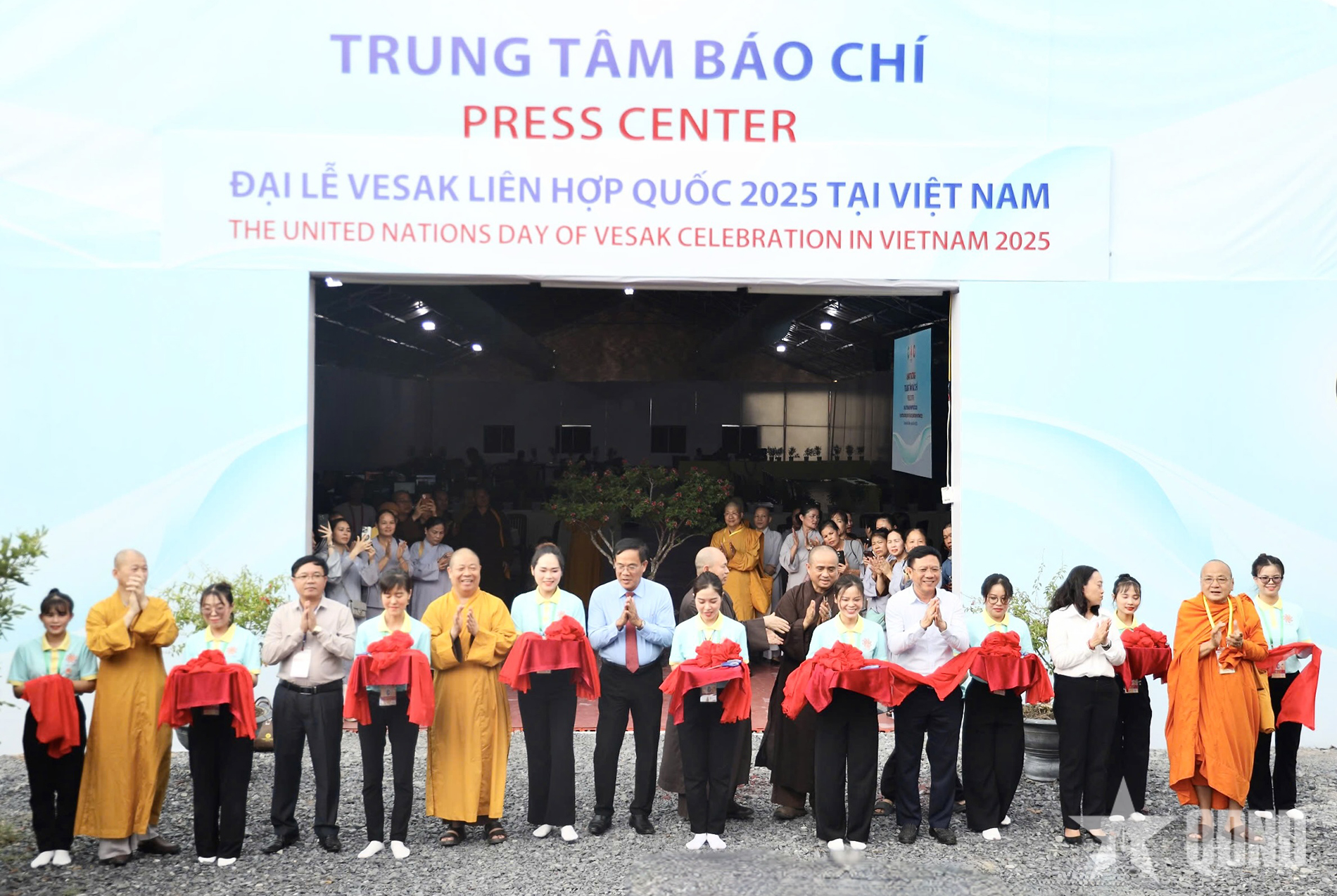
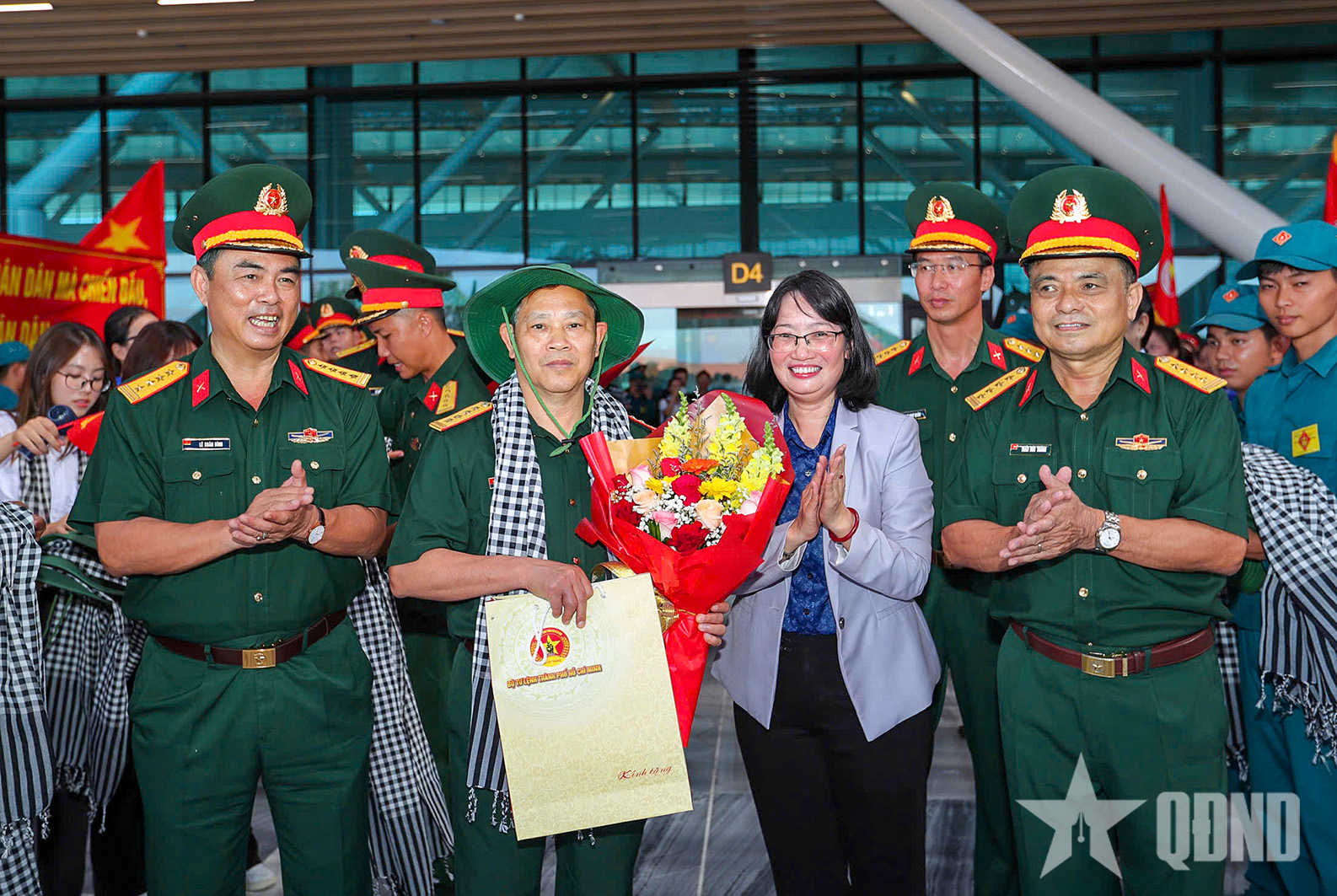
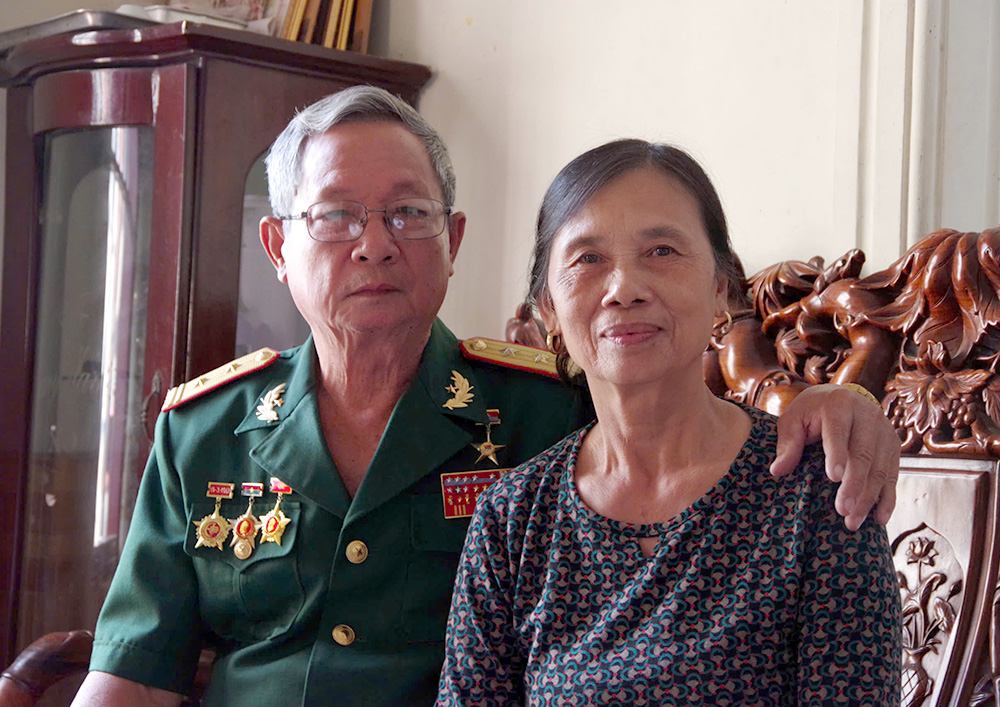
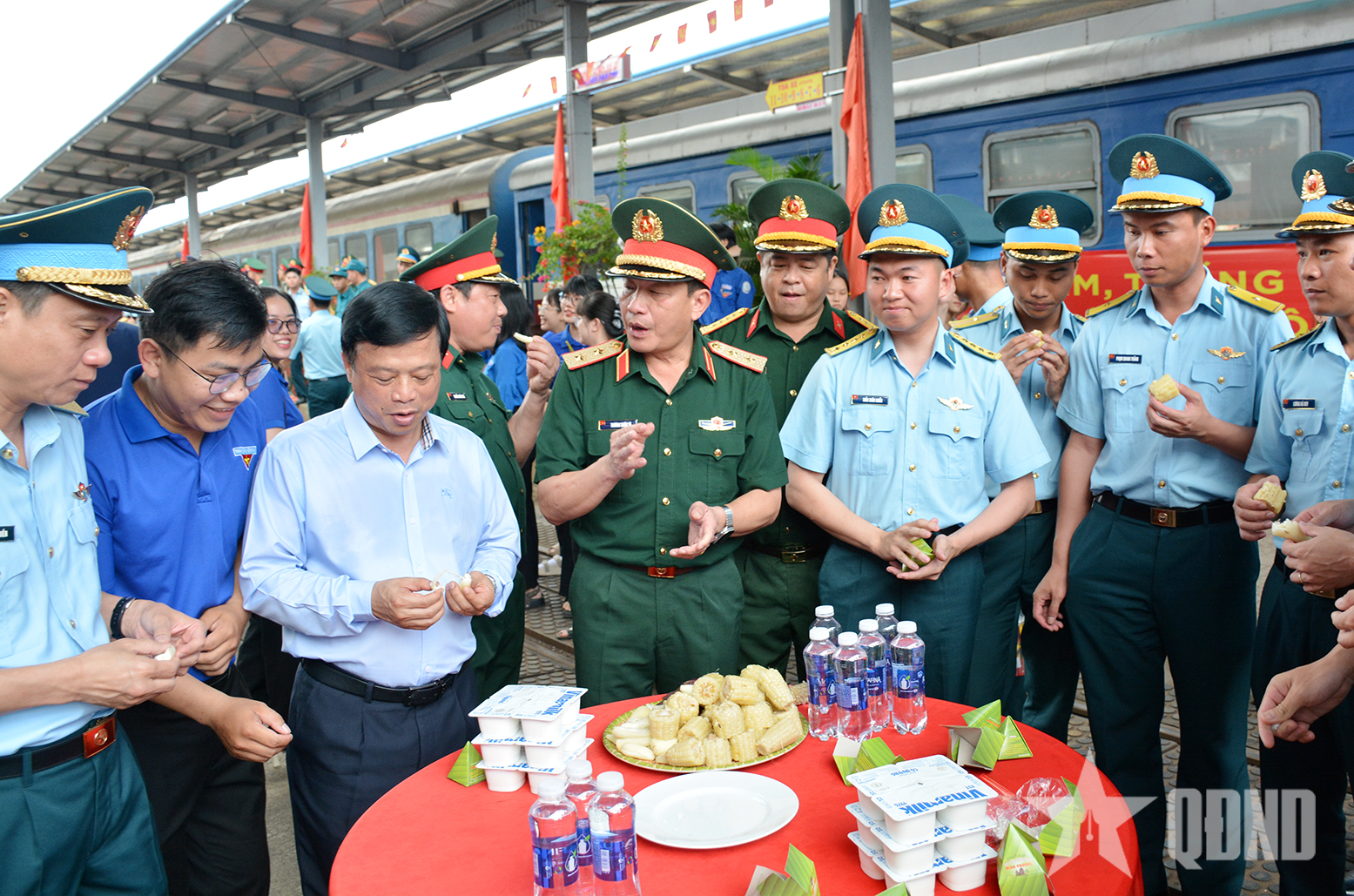

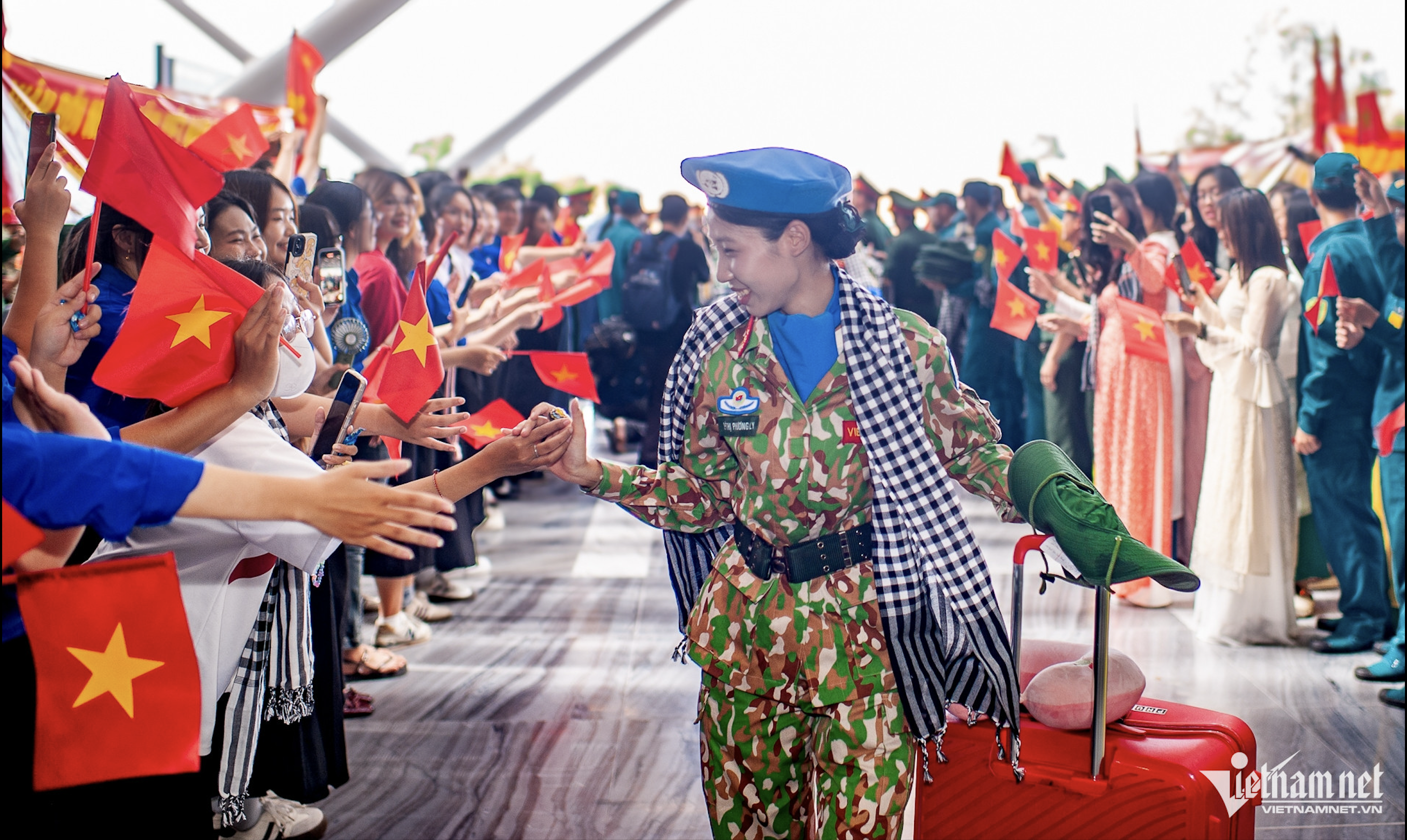
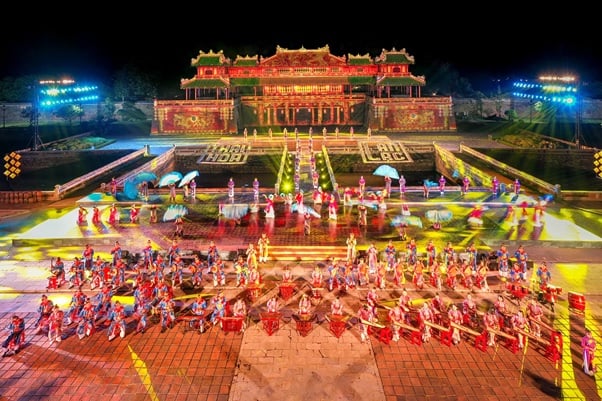



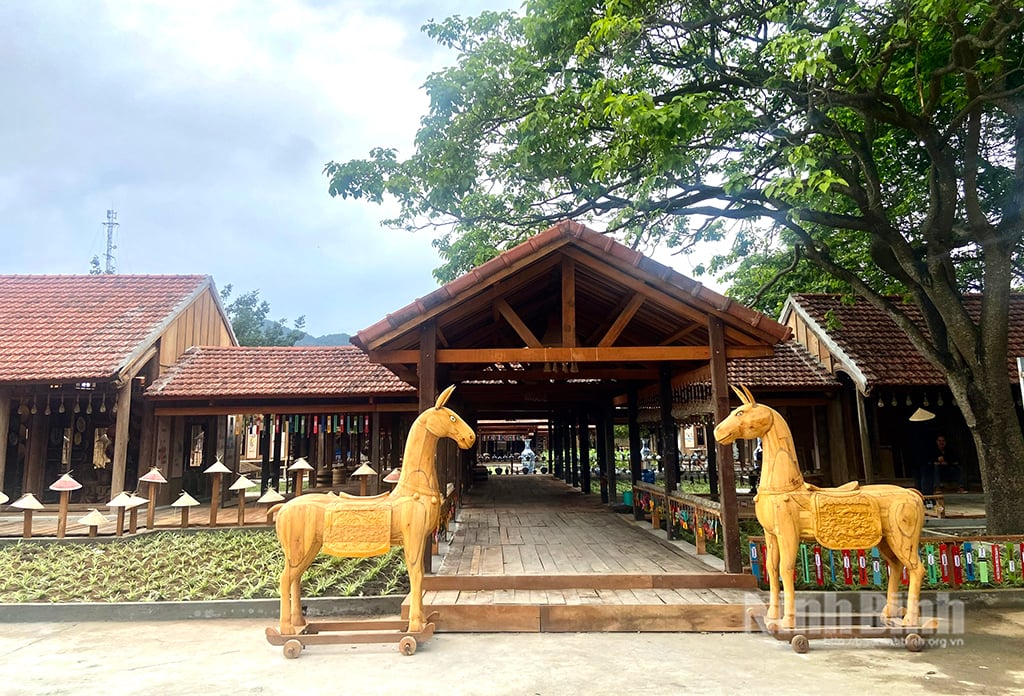
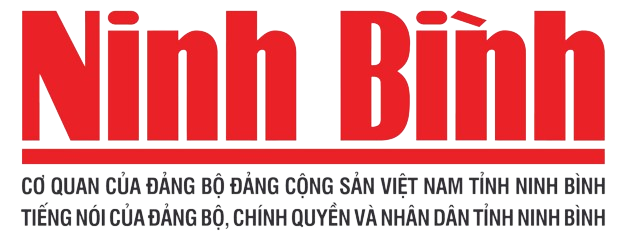
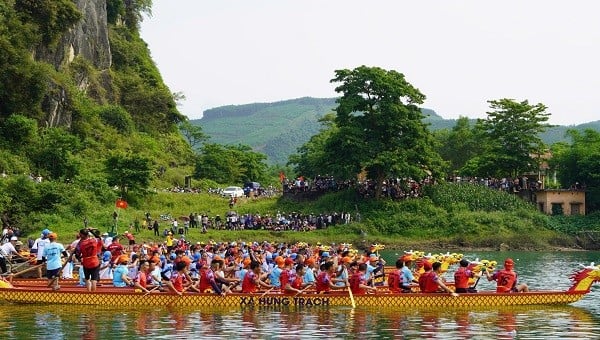
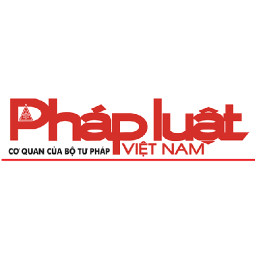
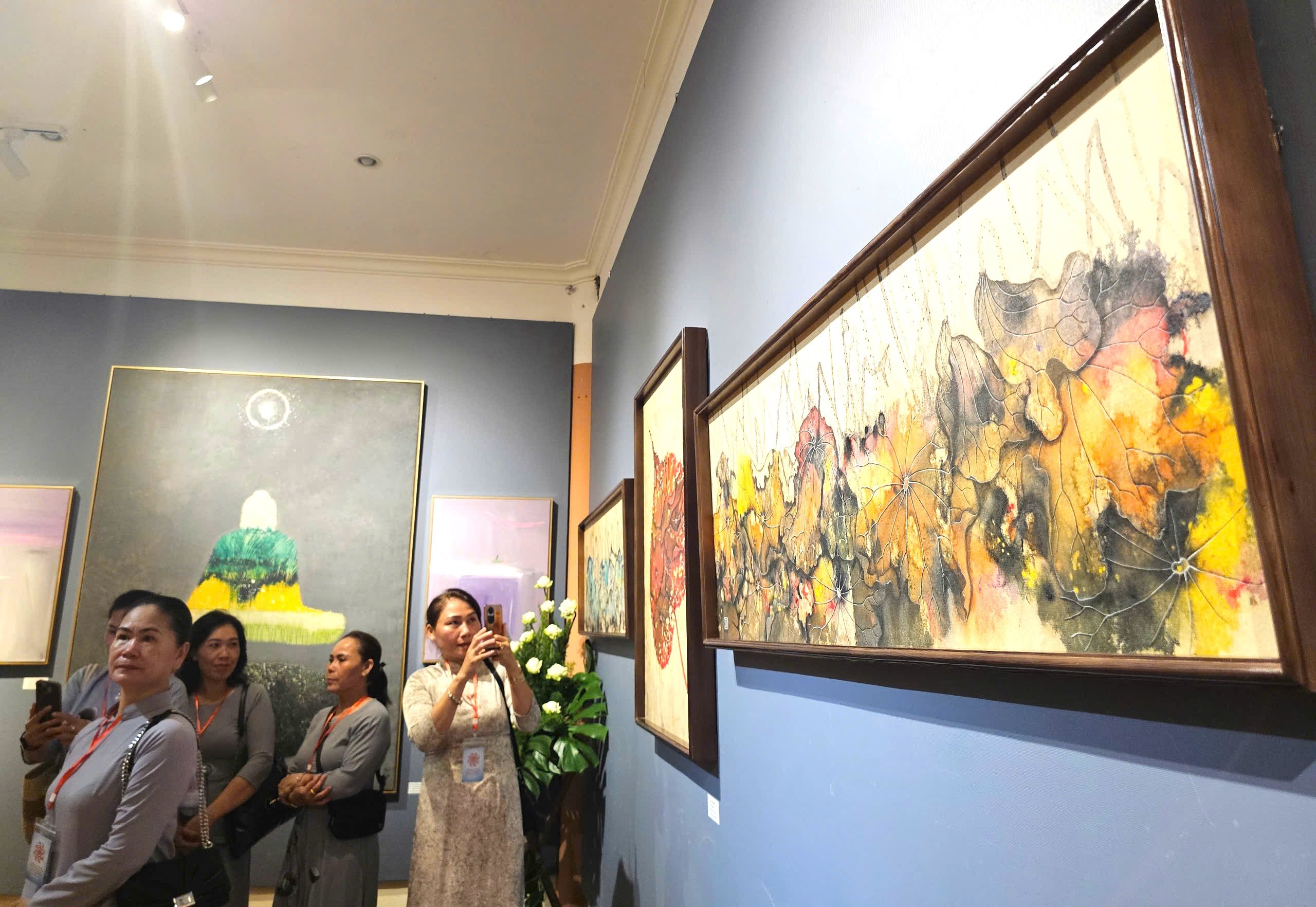







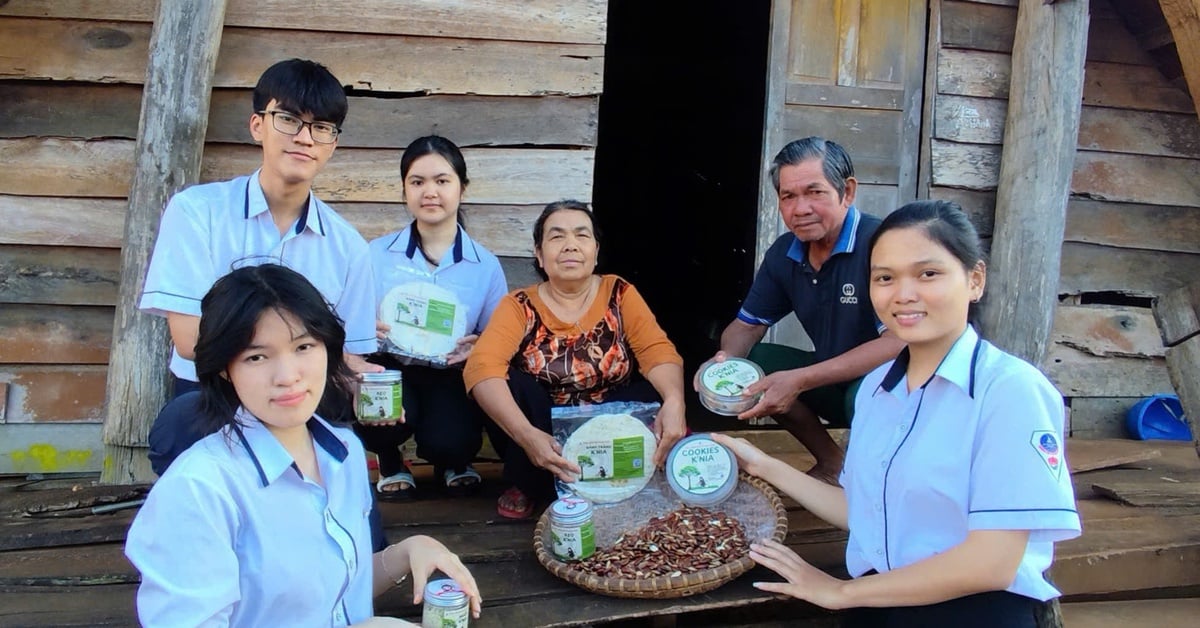


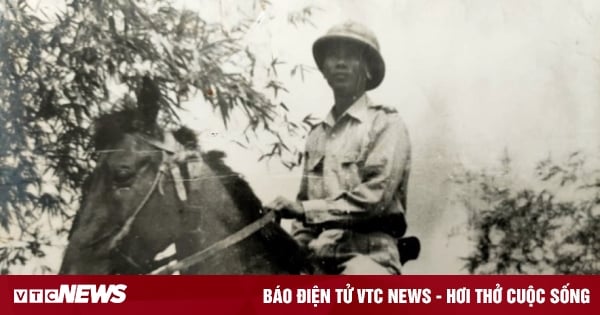

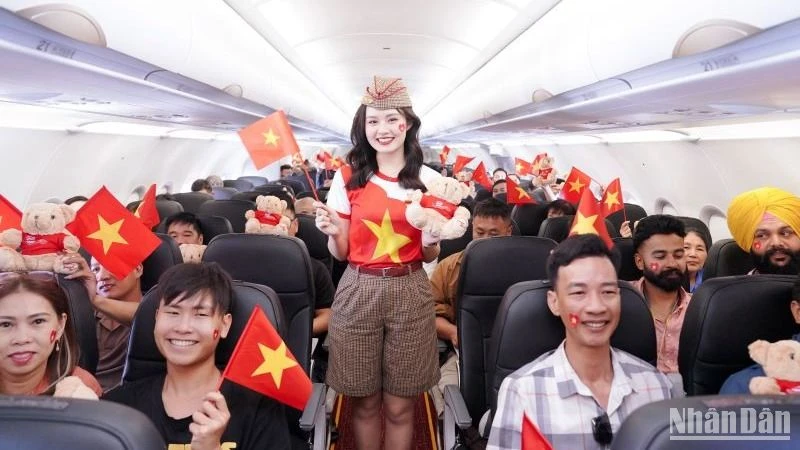

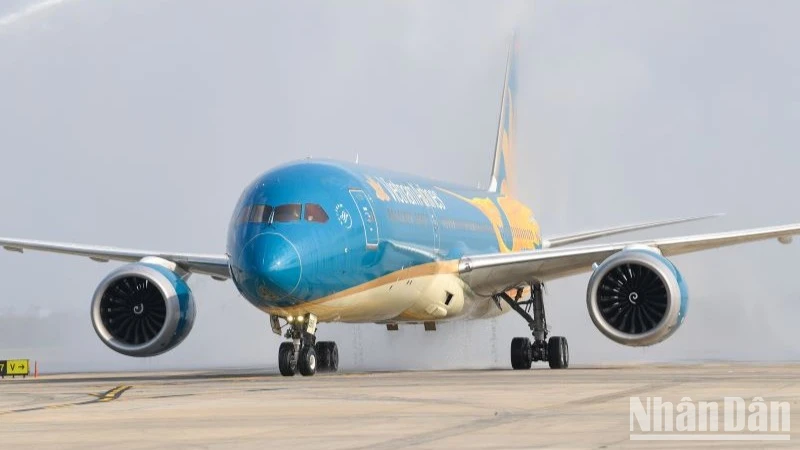





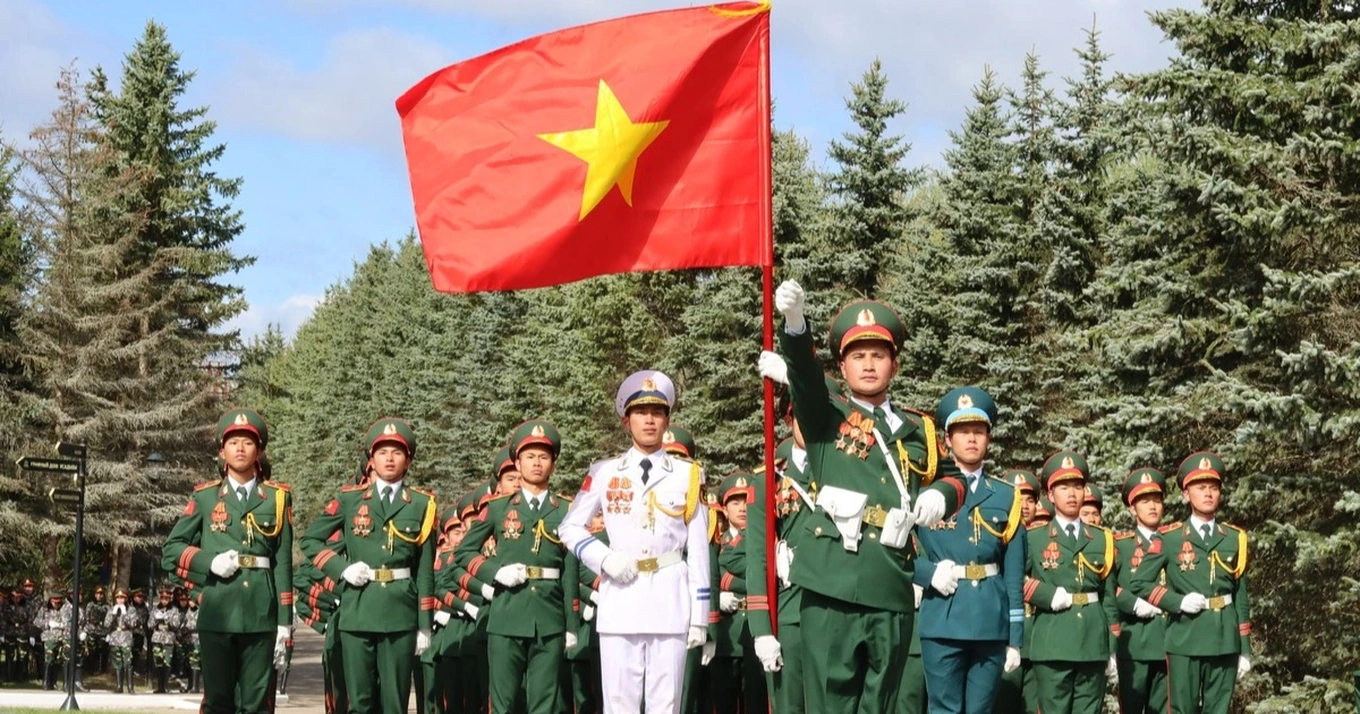

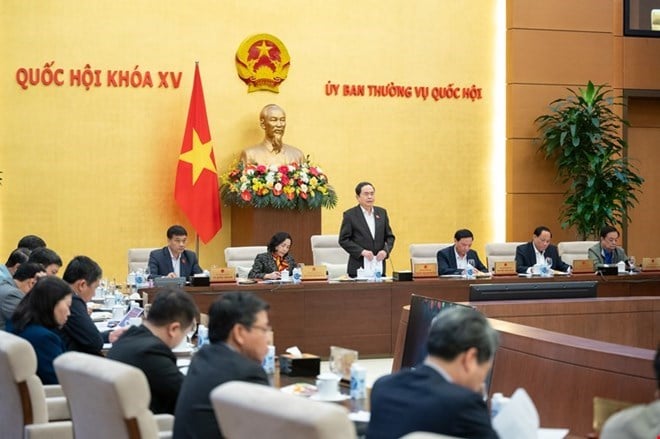
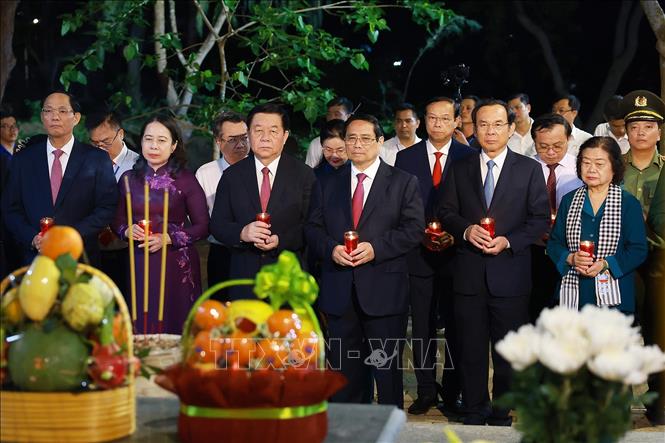

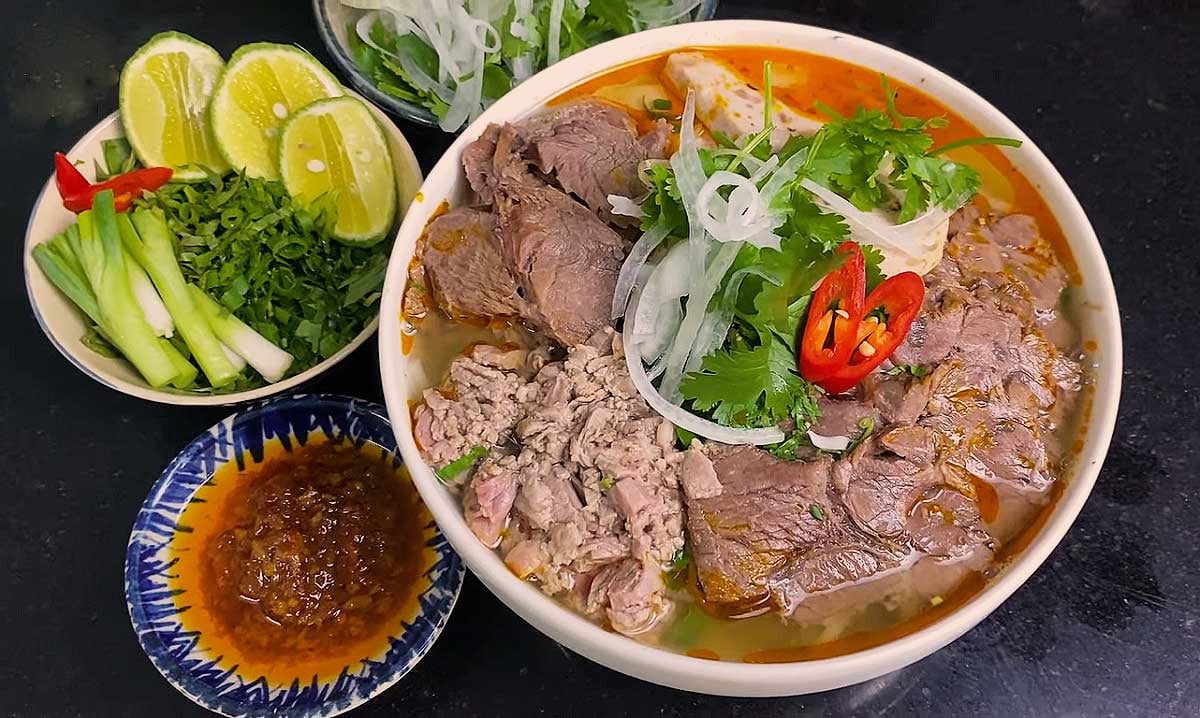

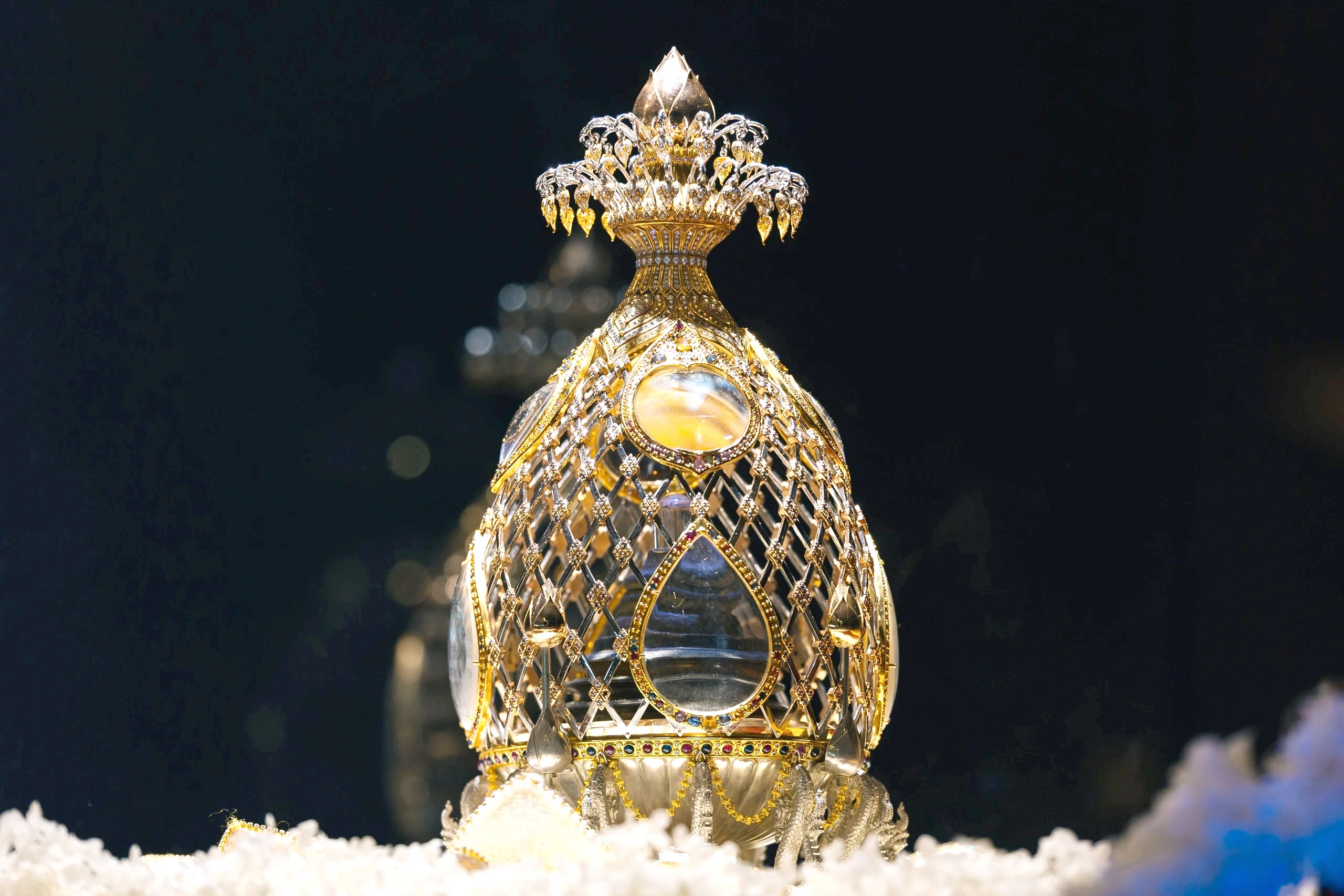





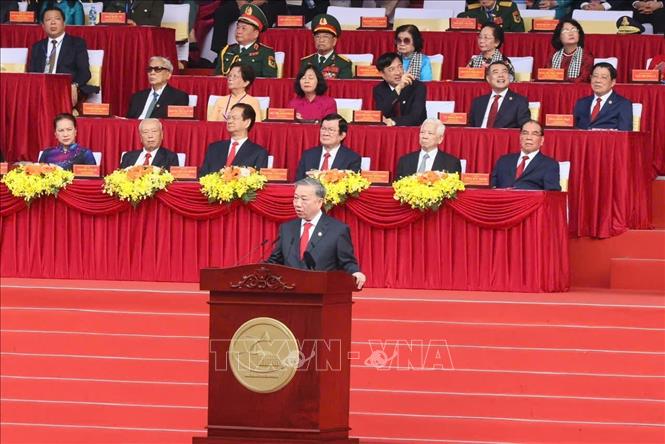



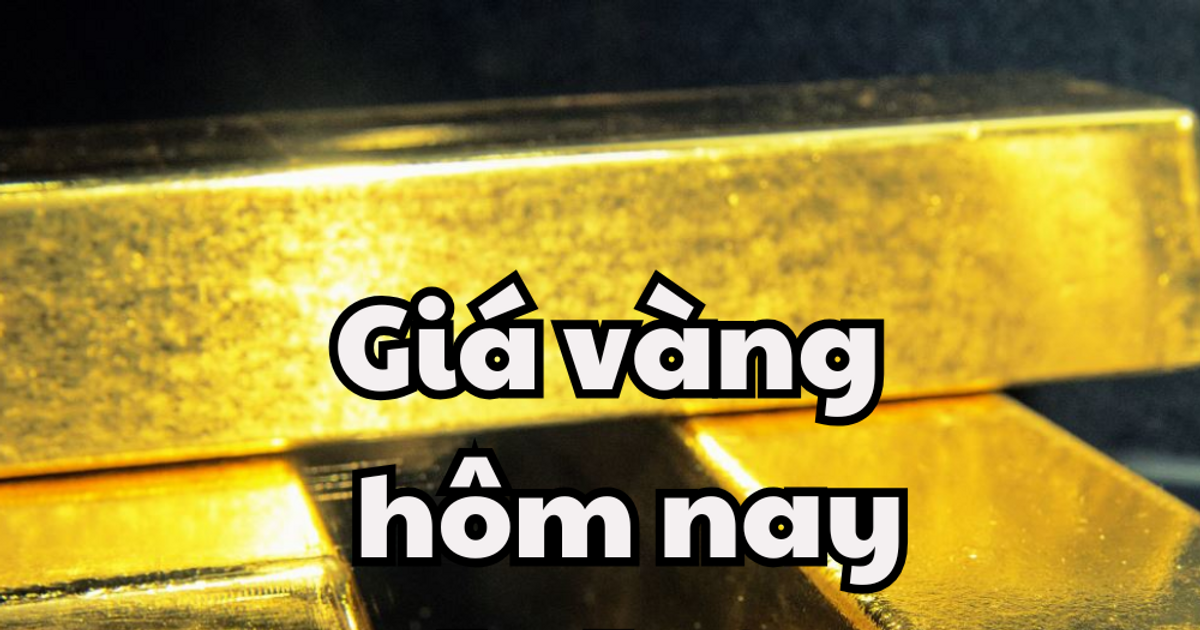




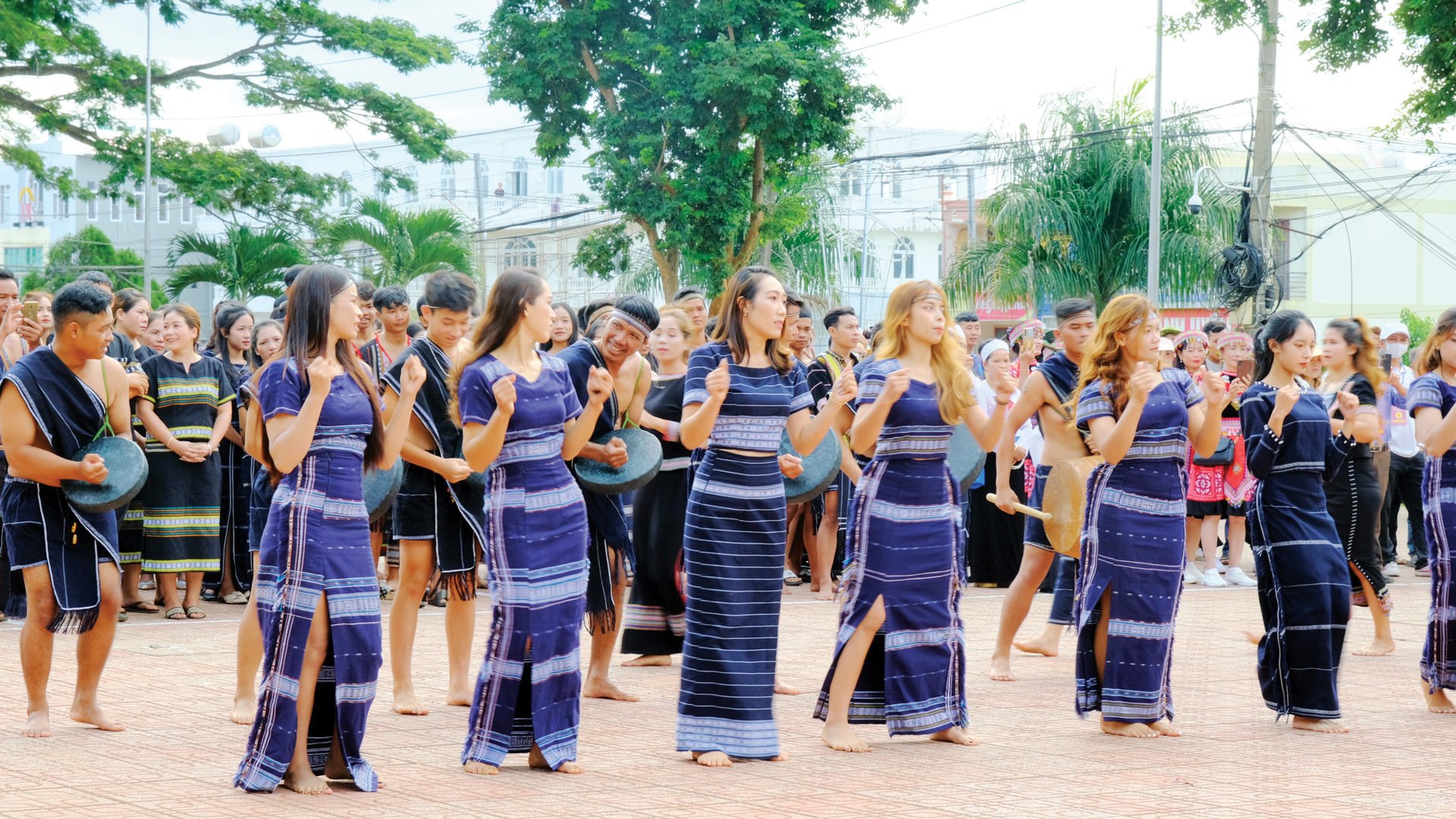

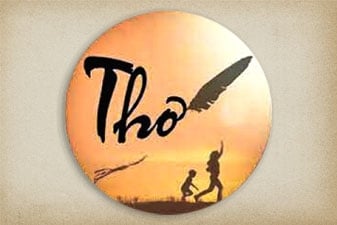
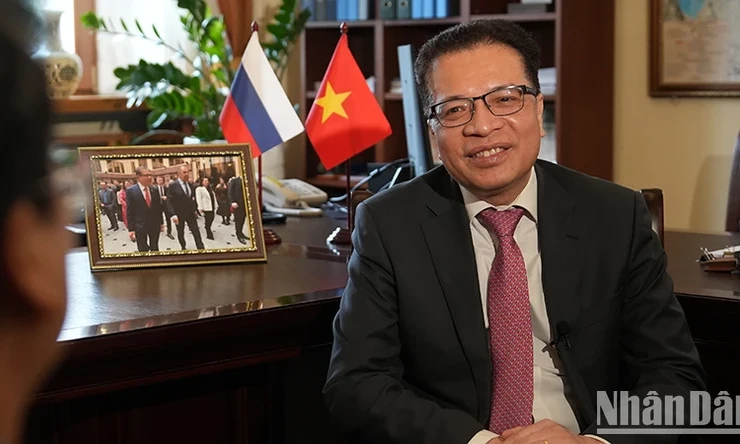


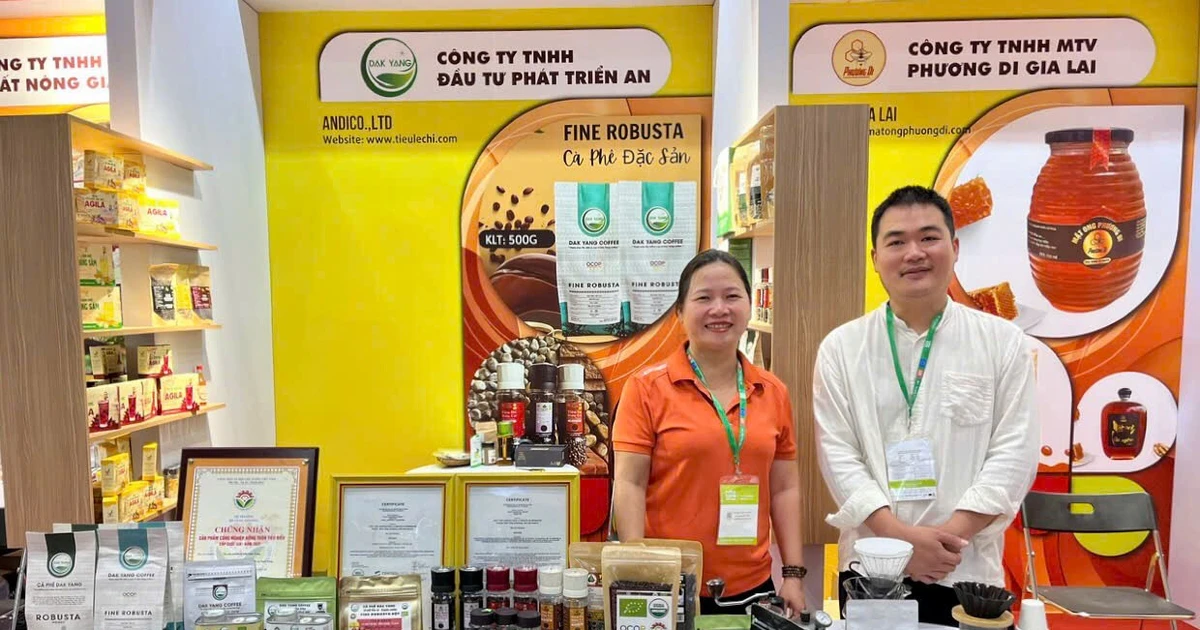

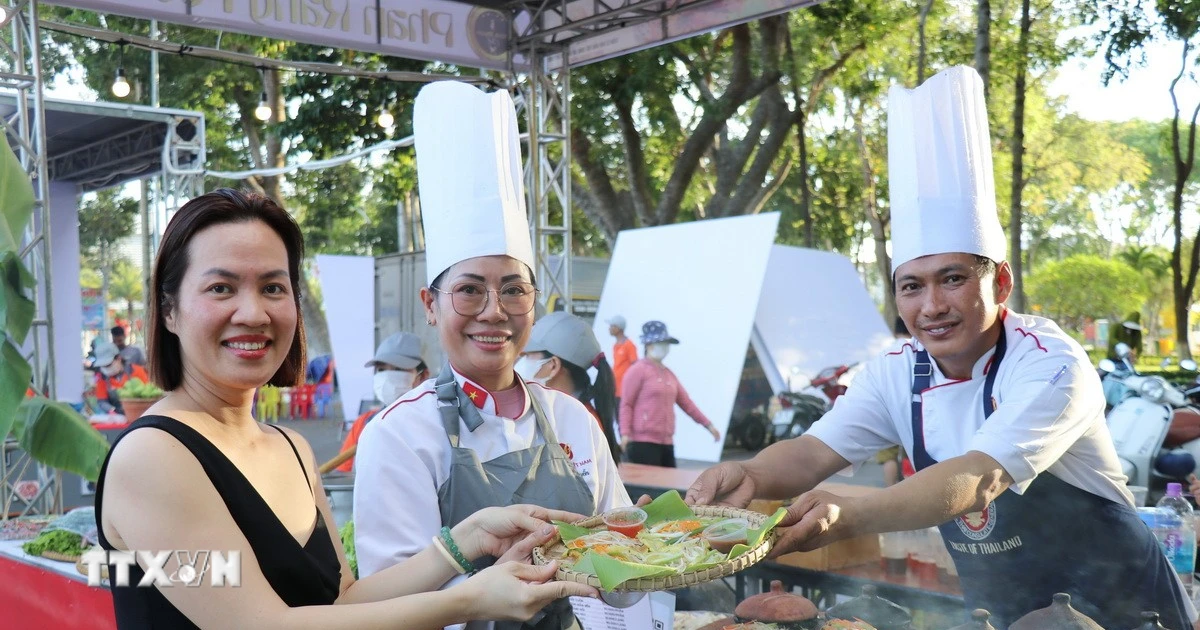




Comment (0)